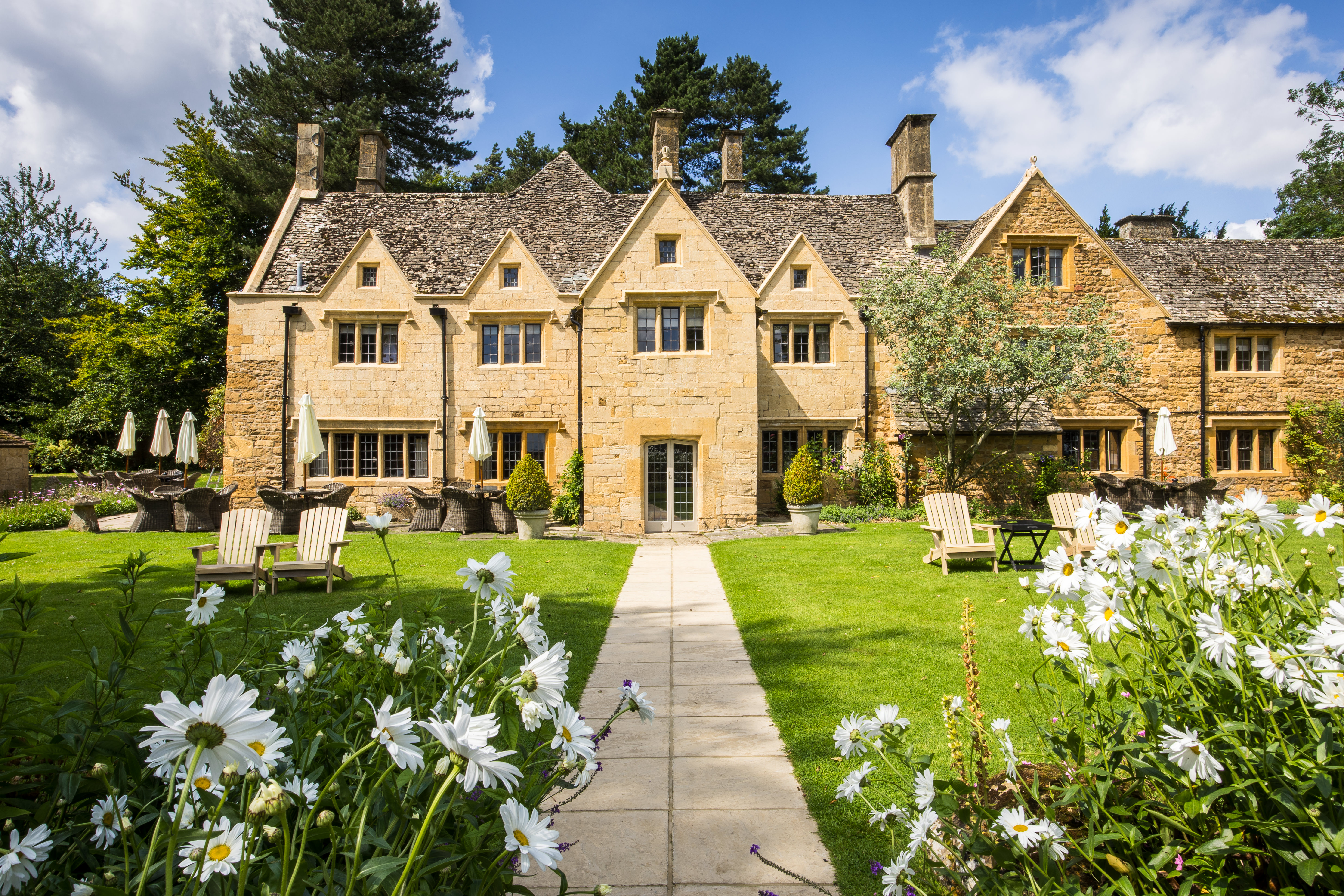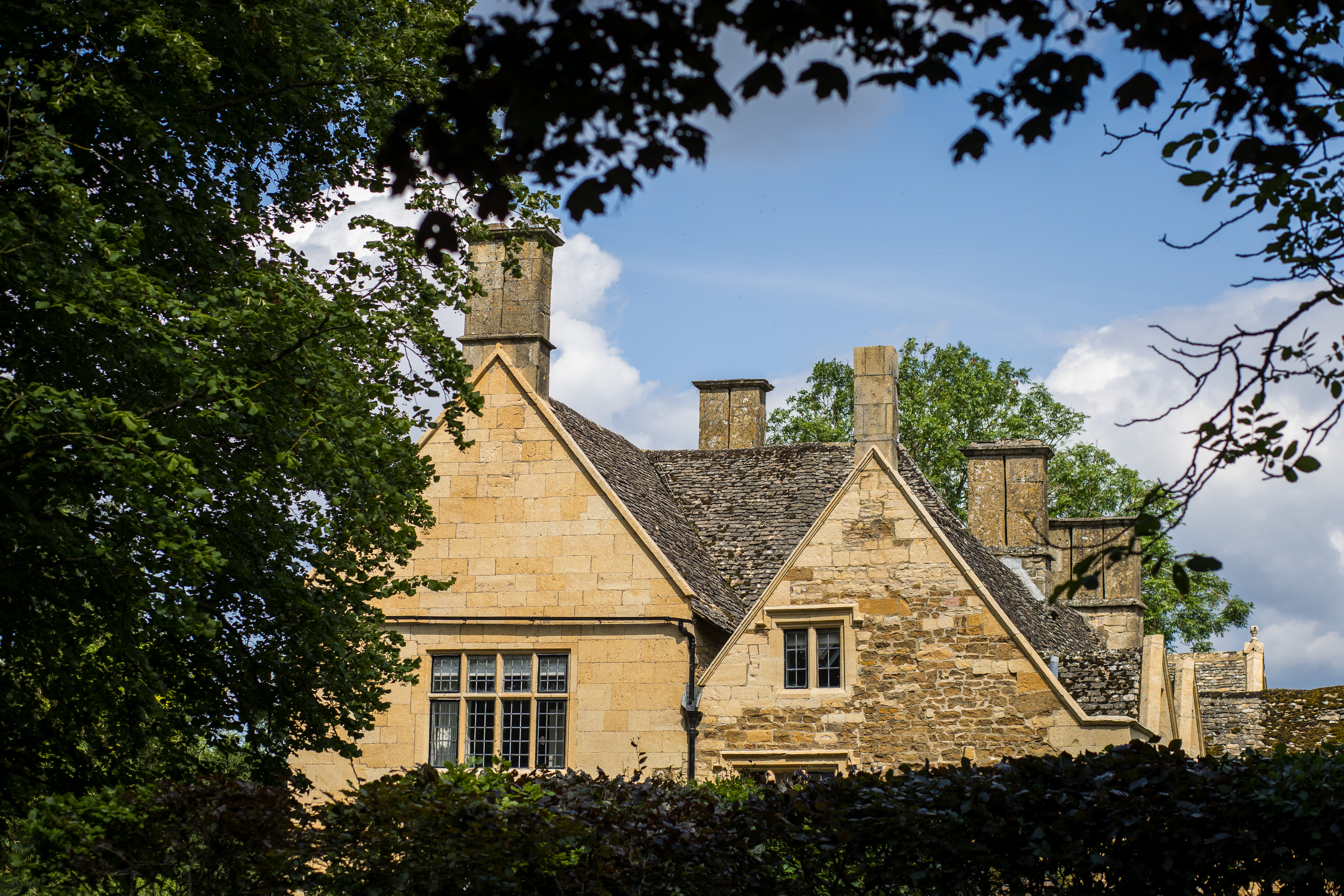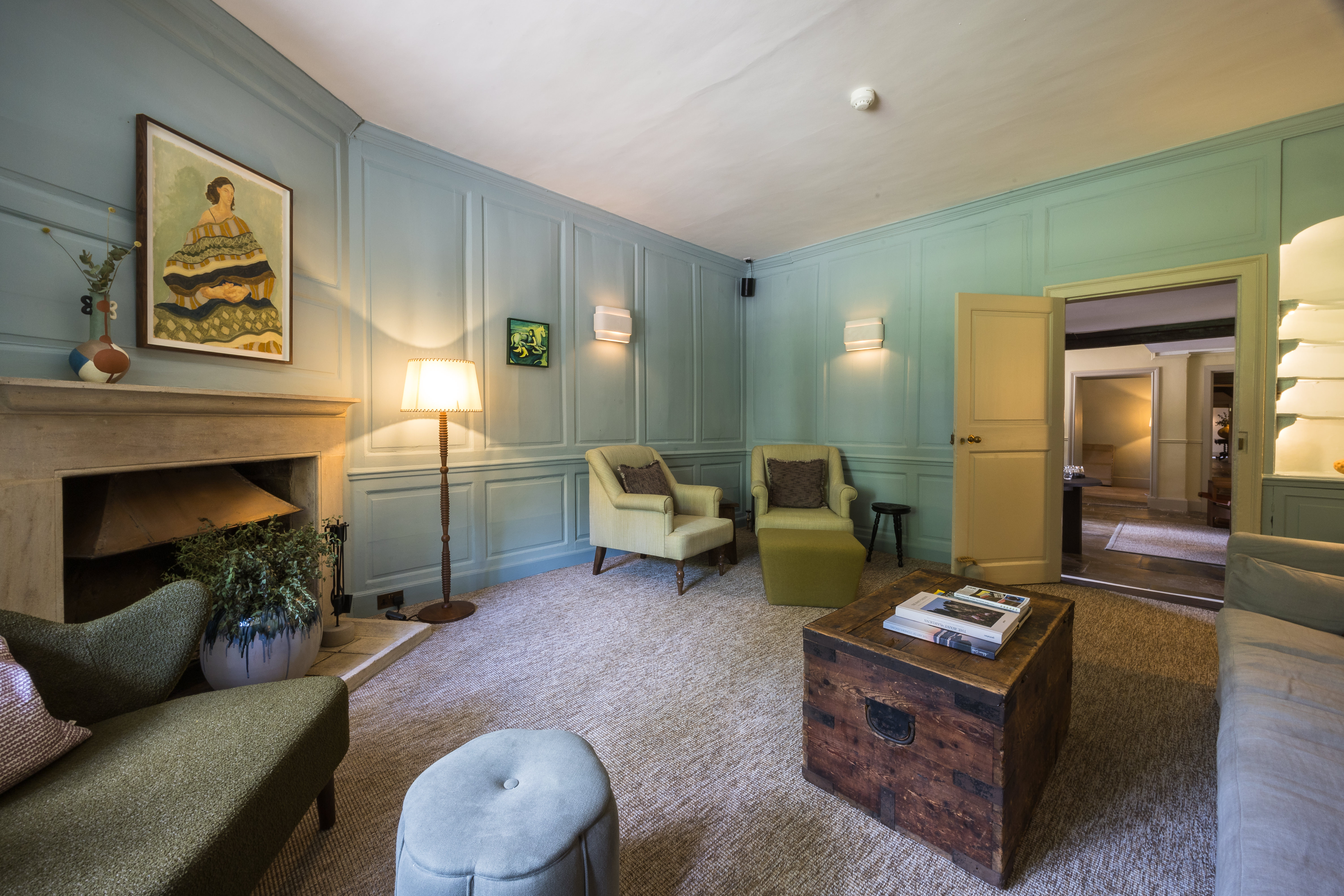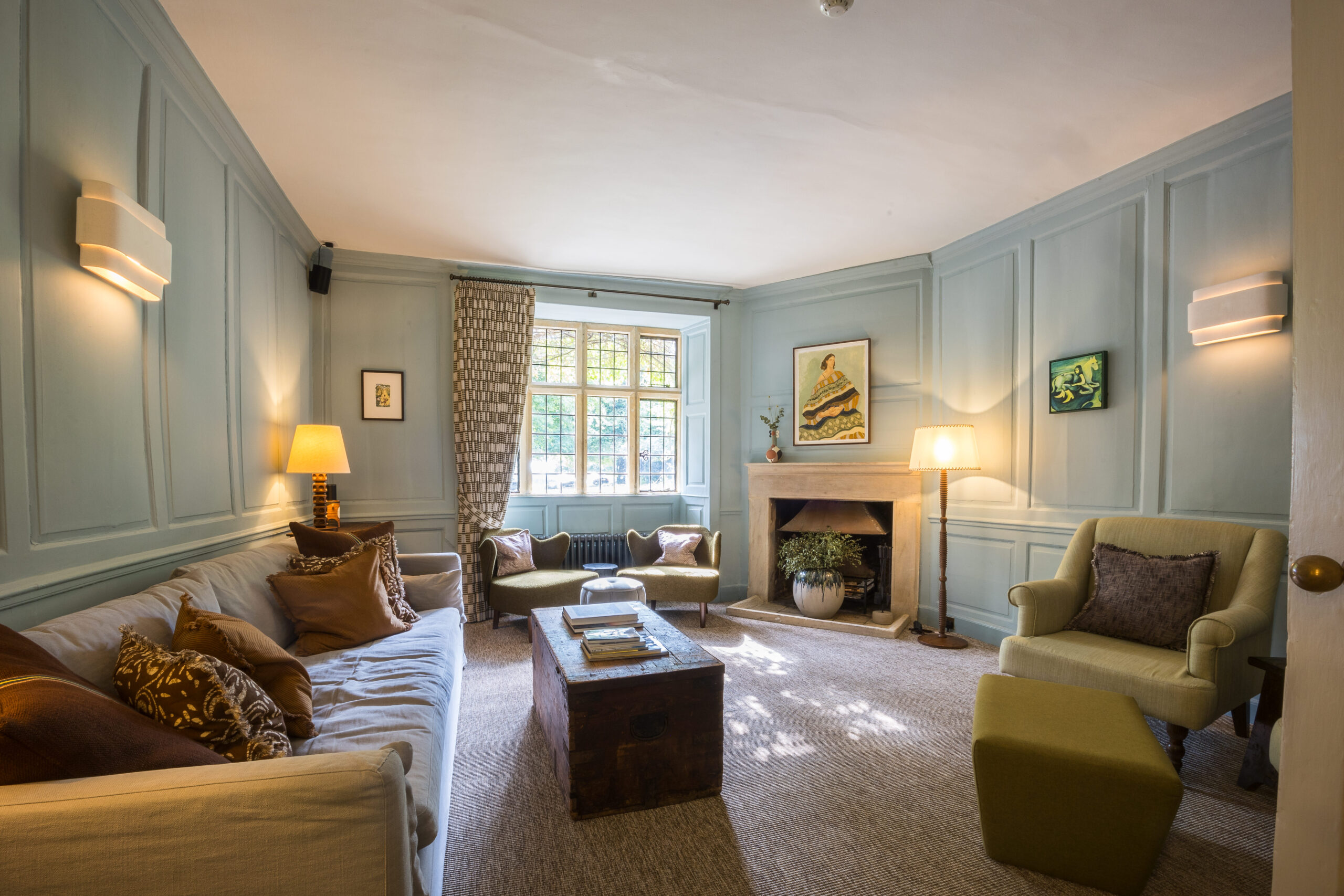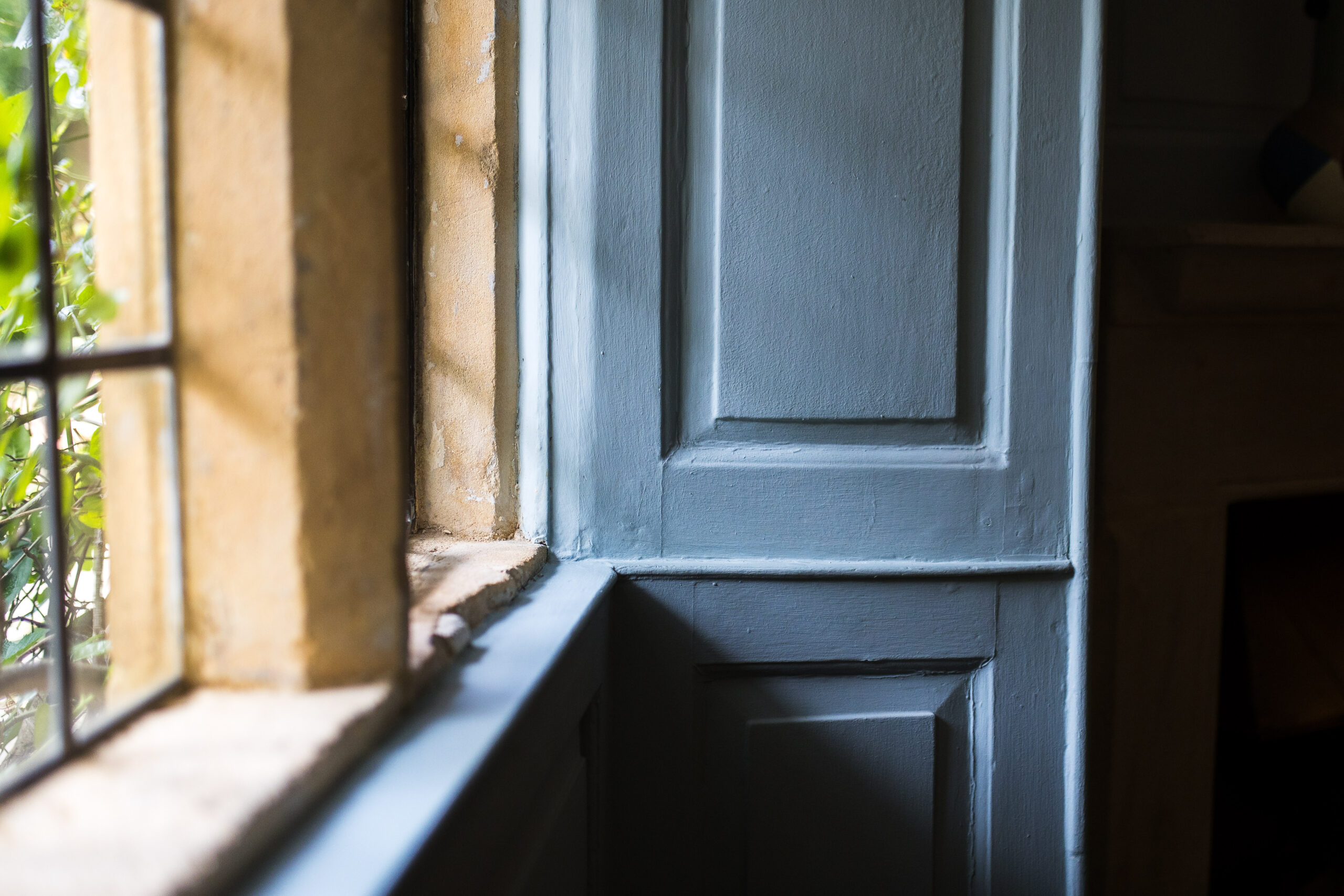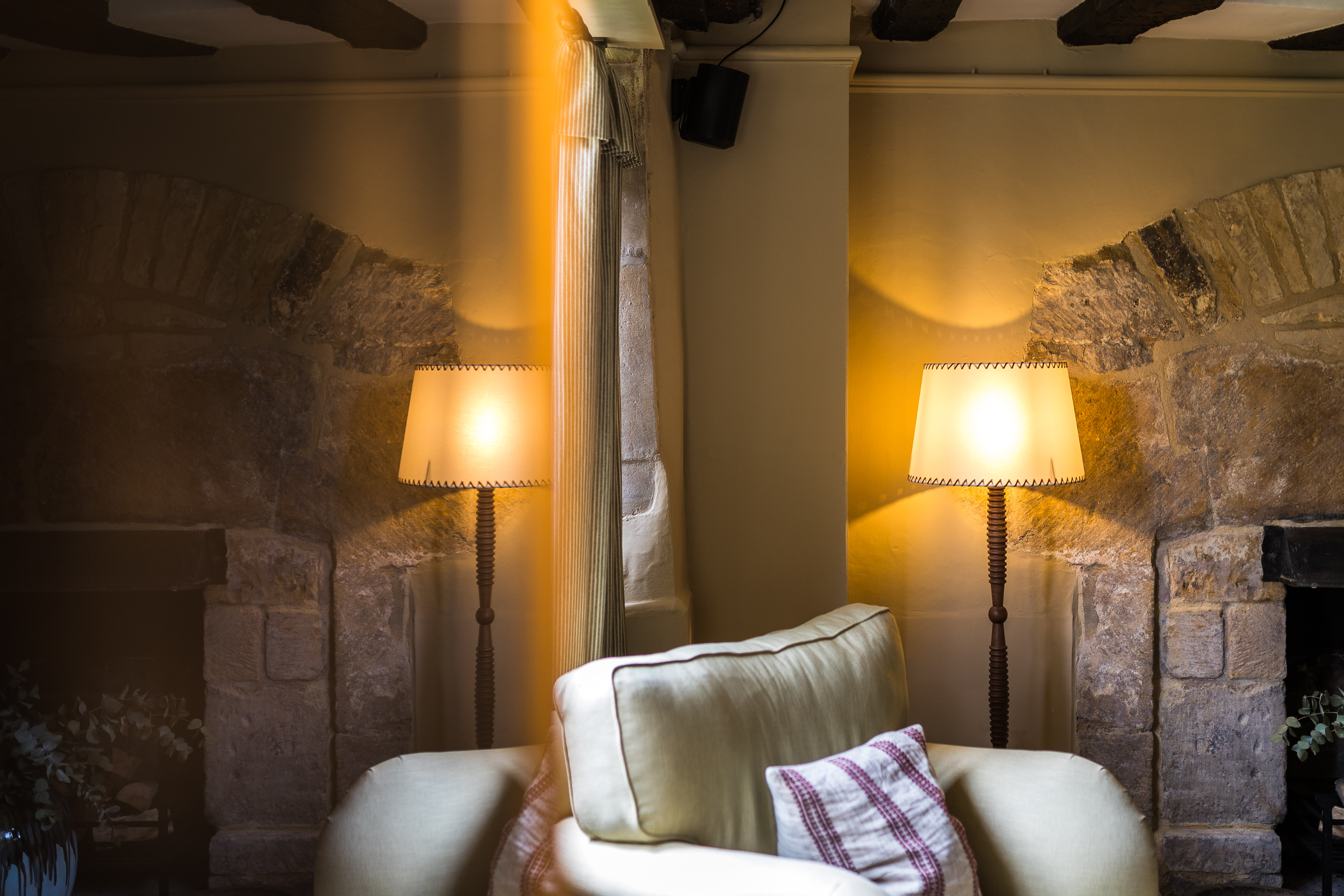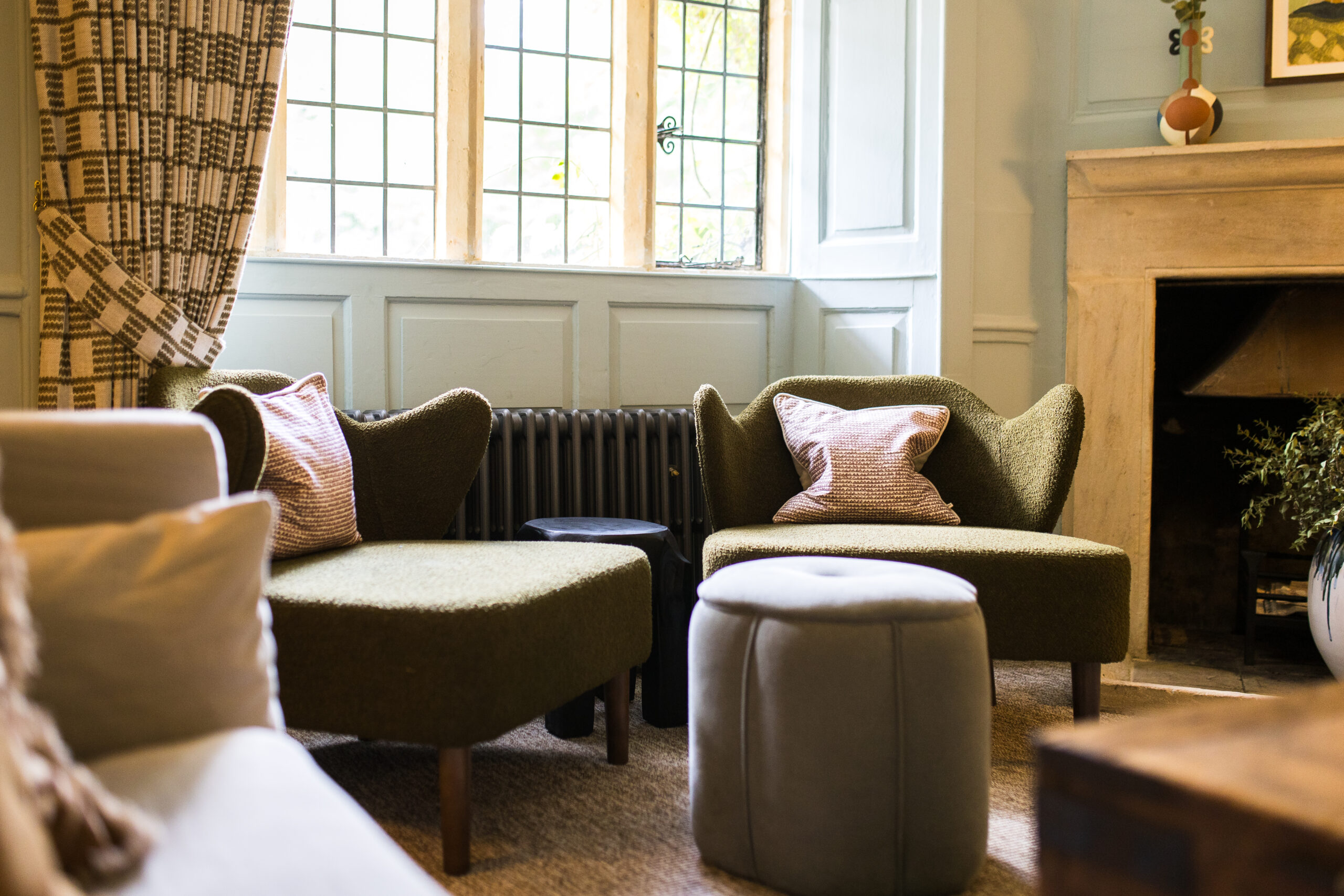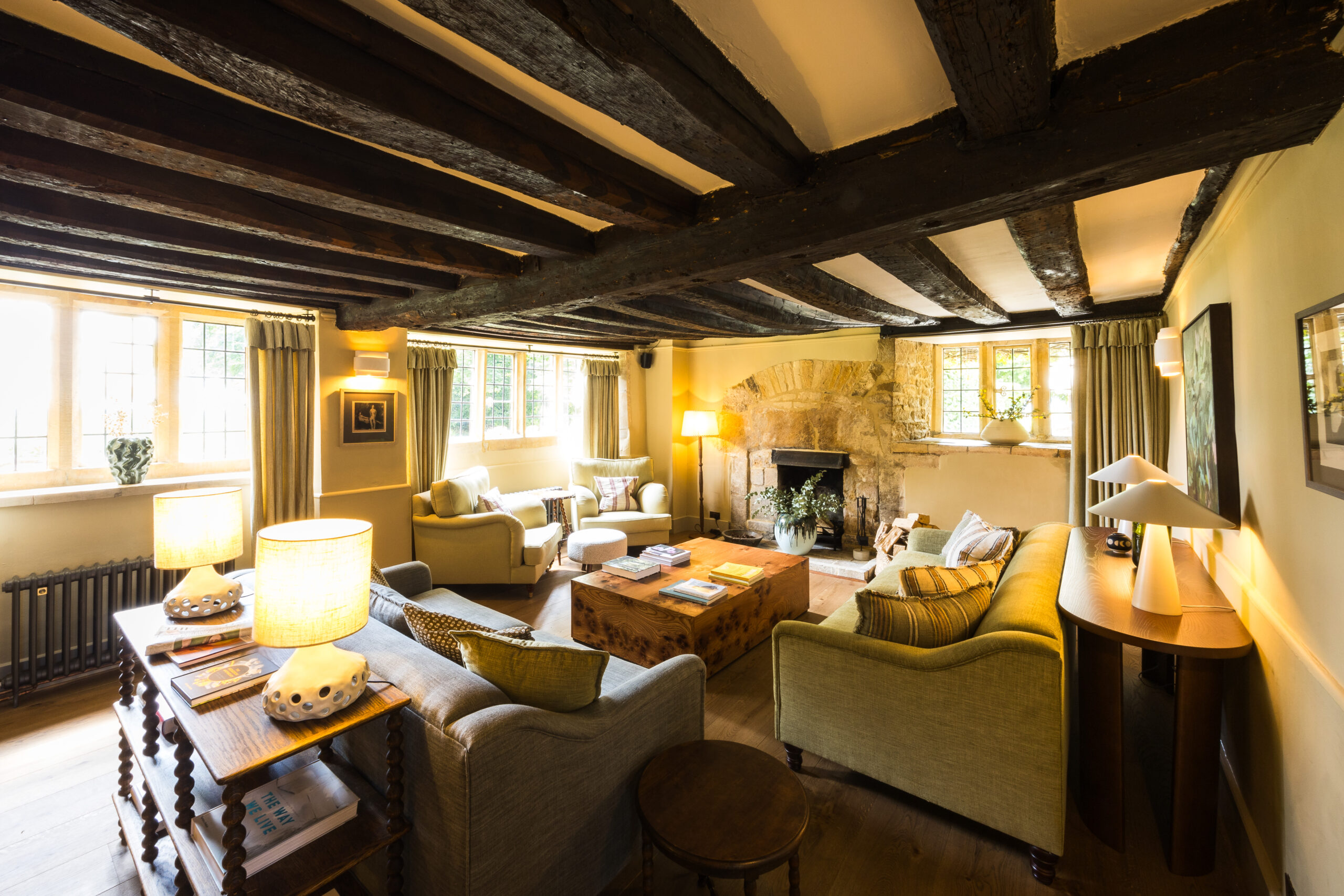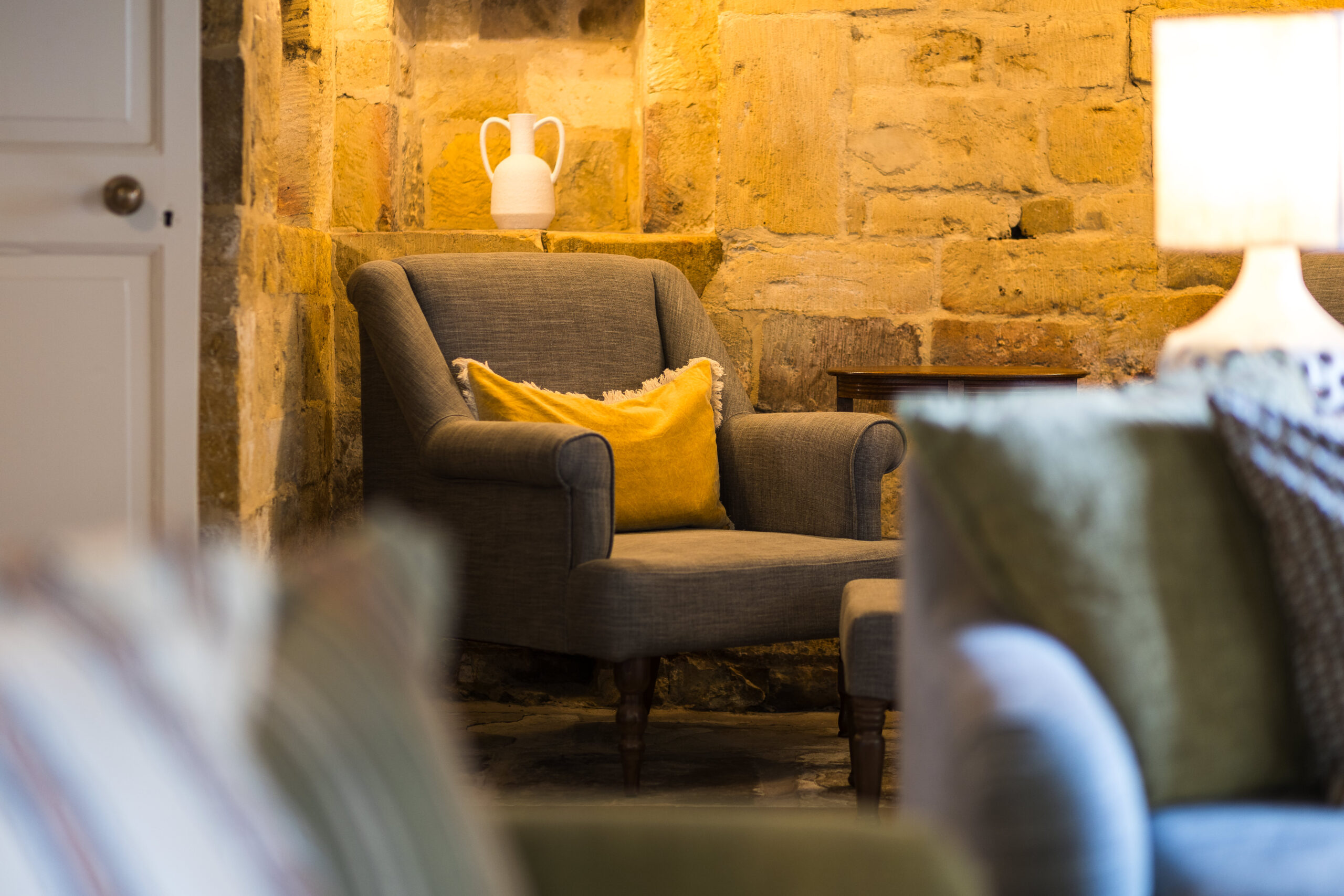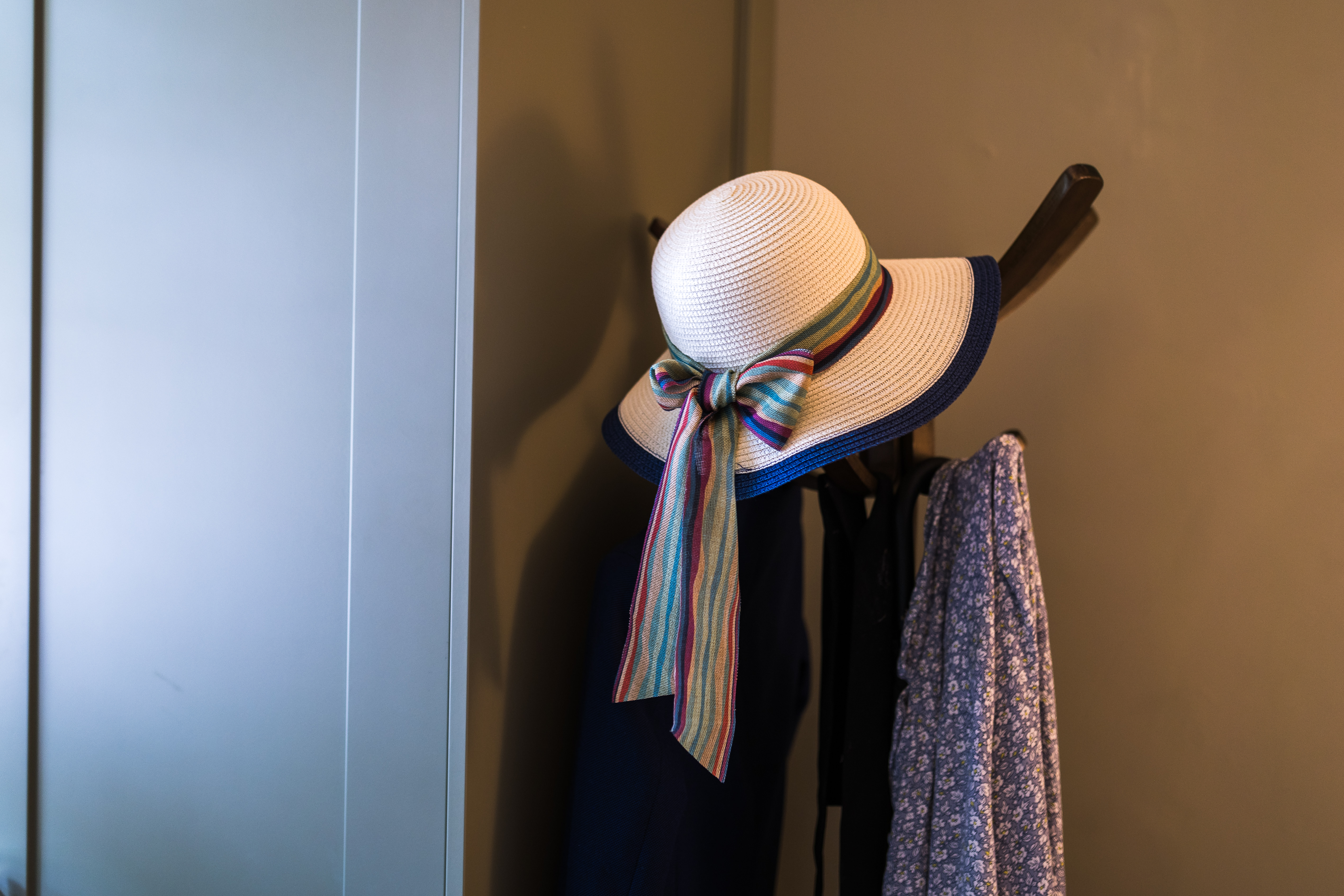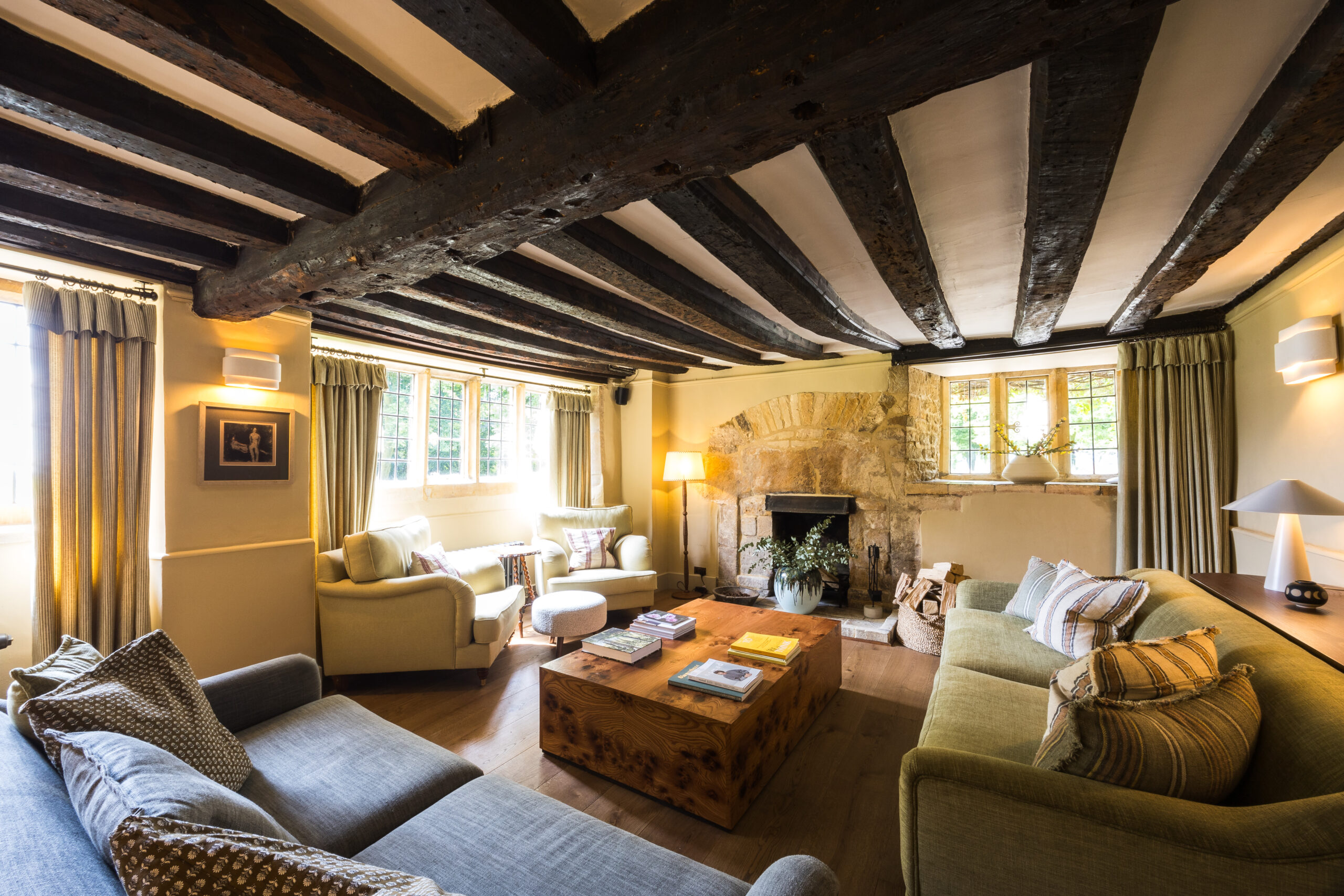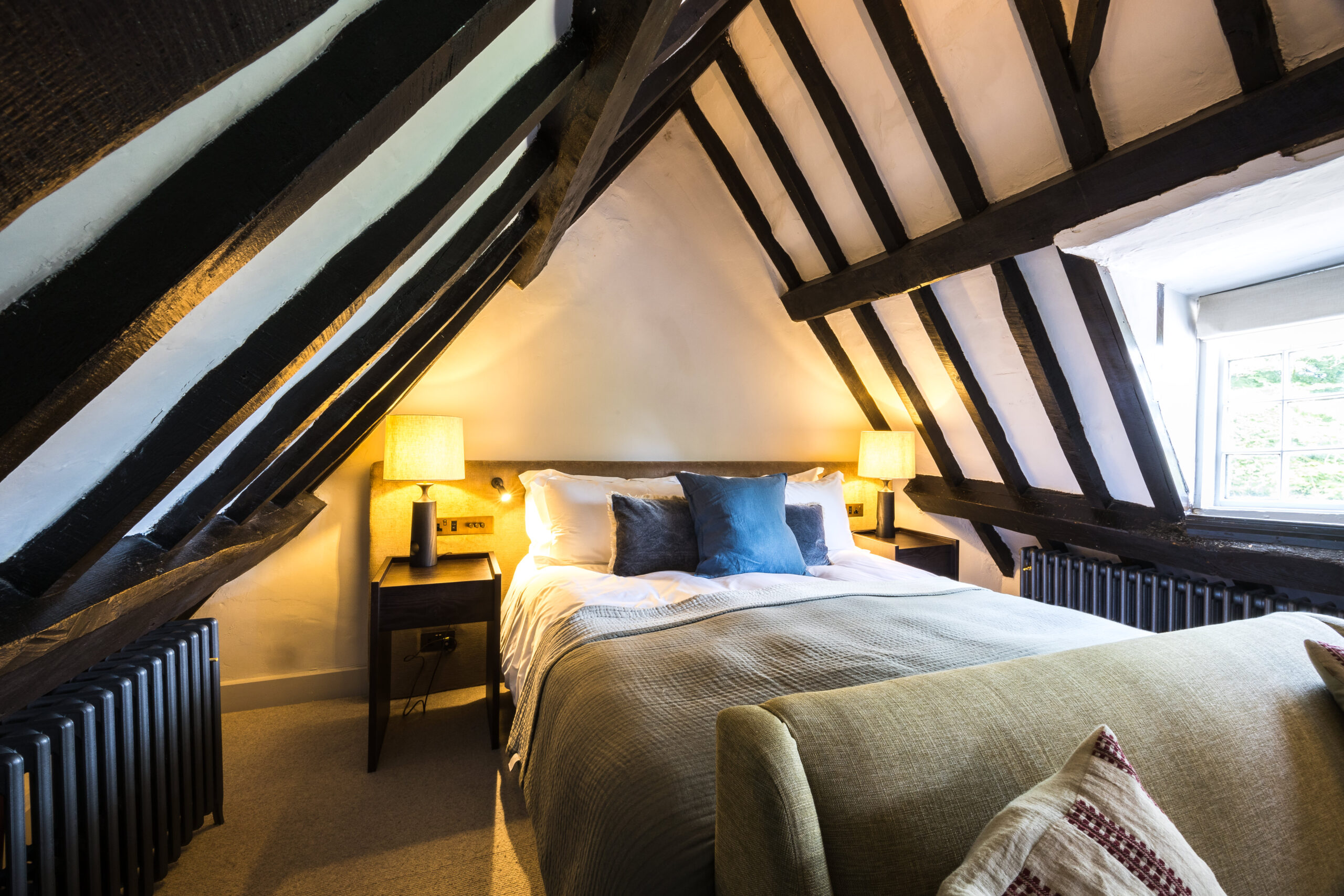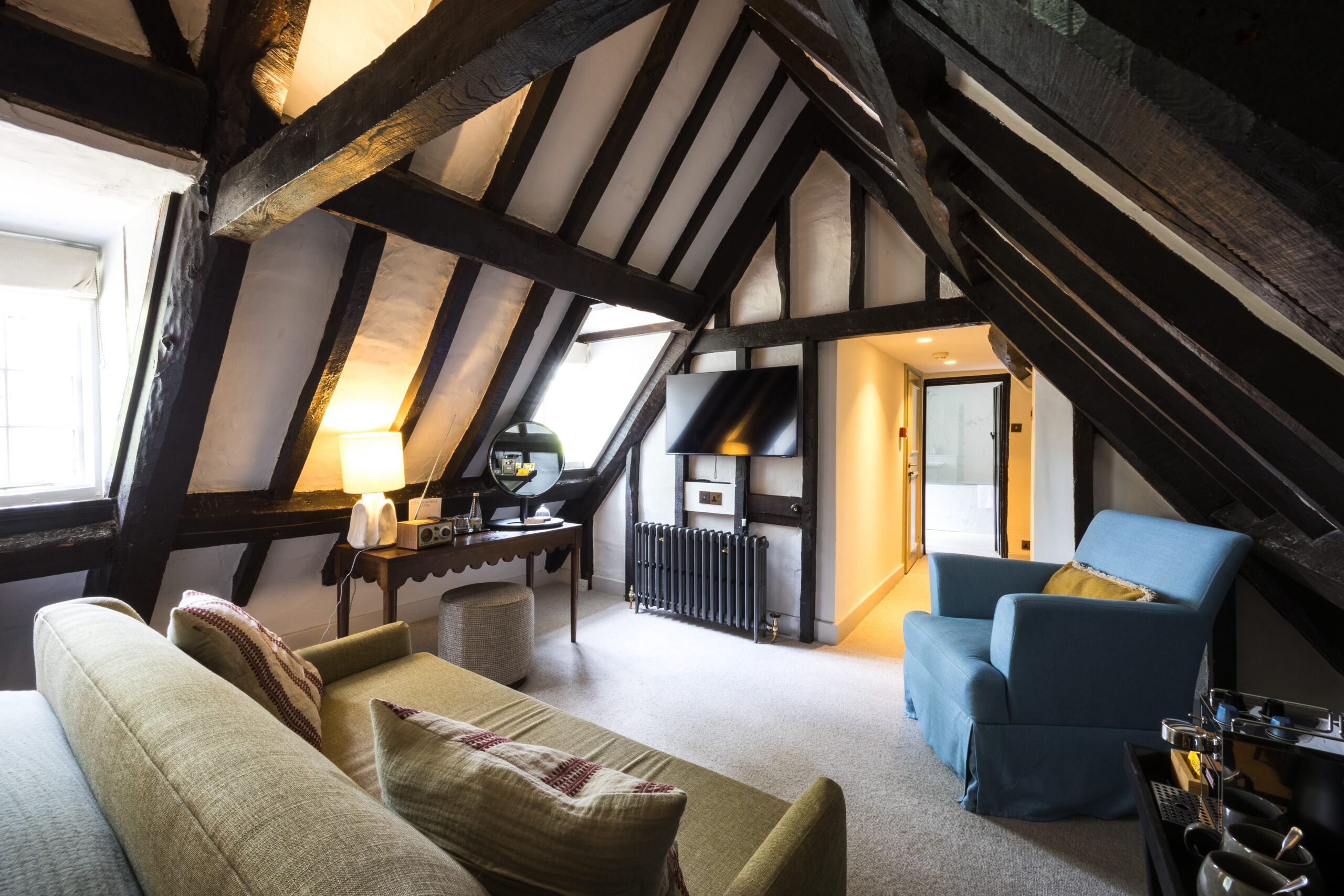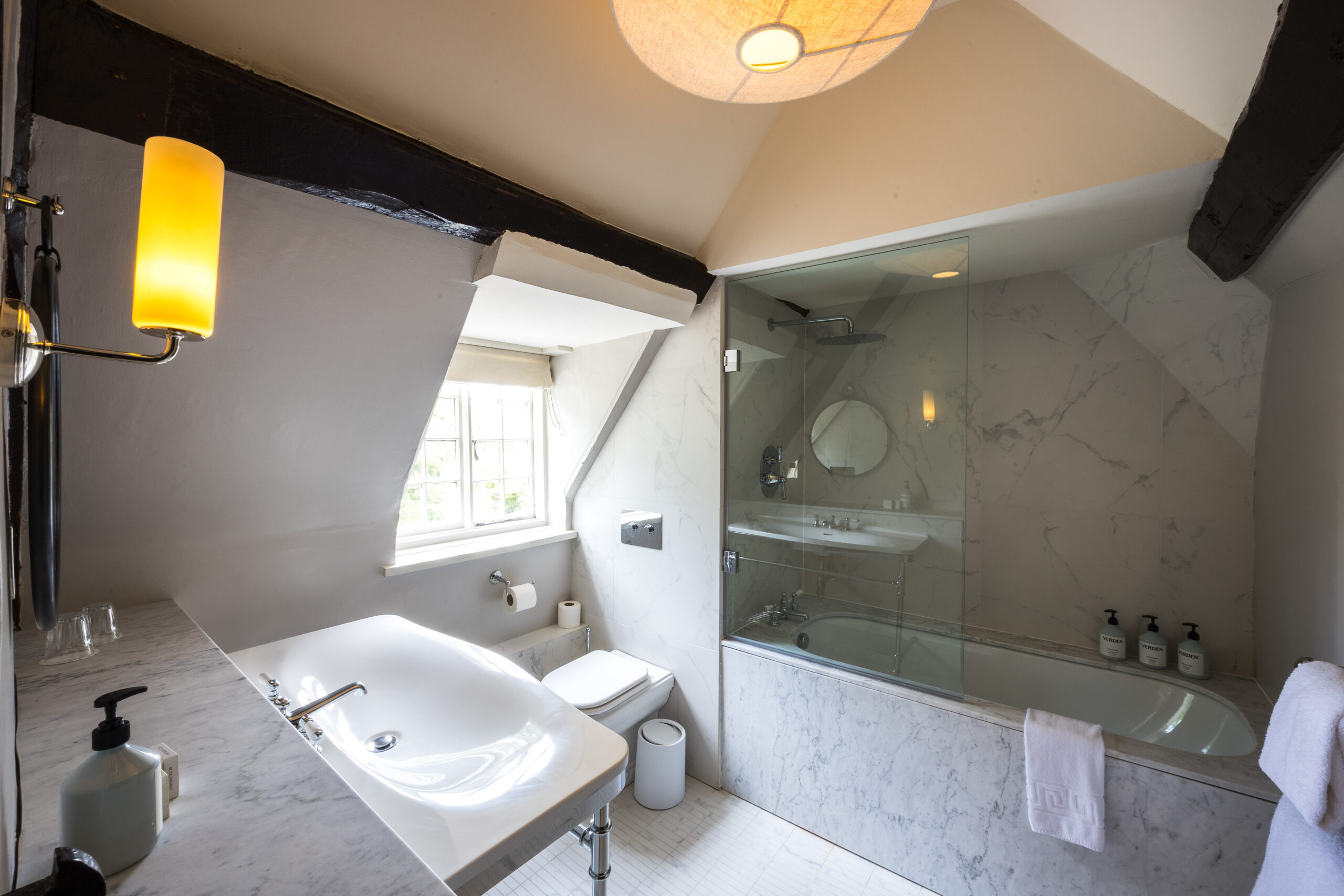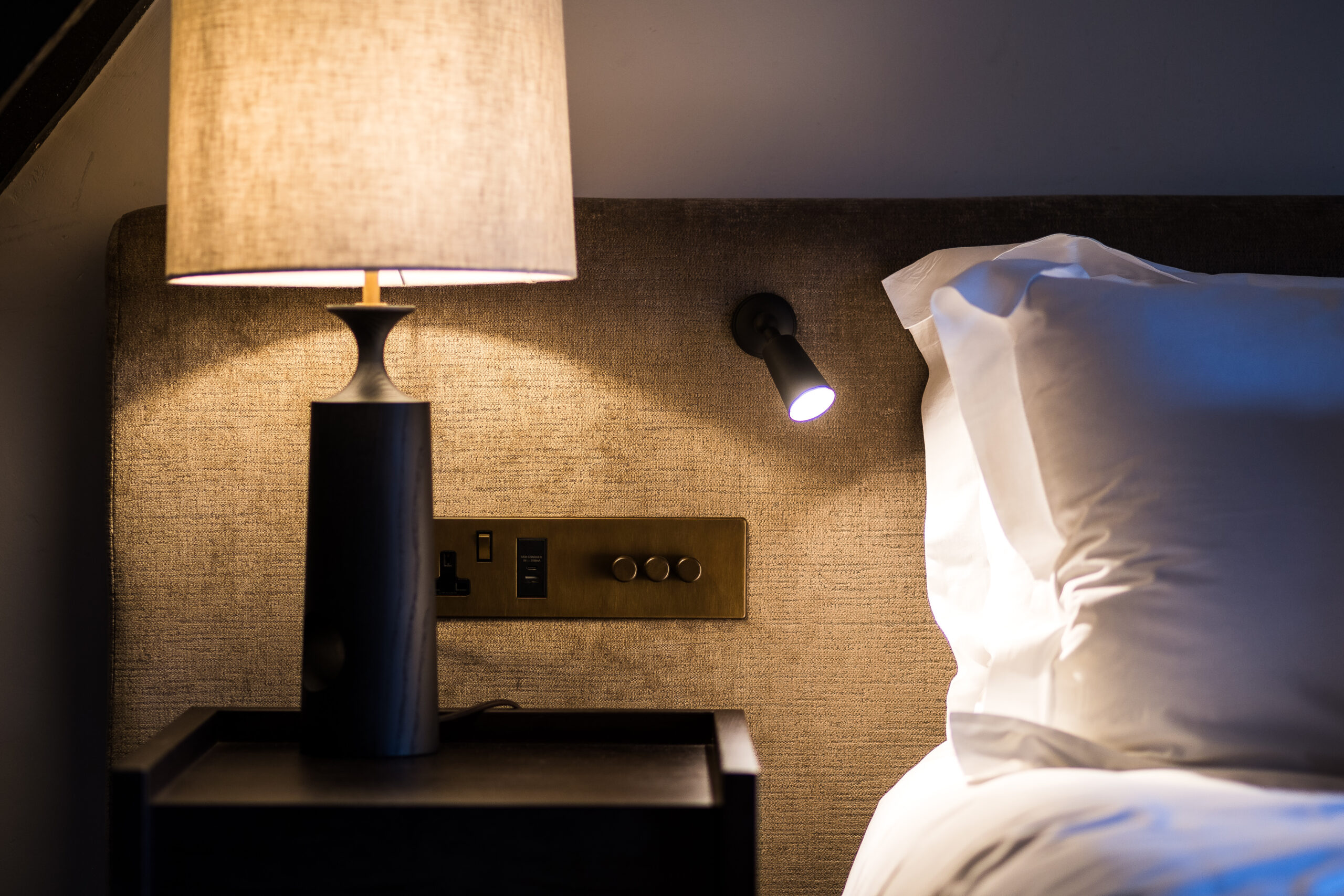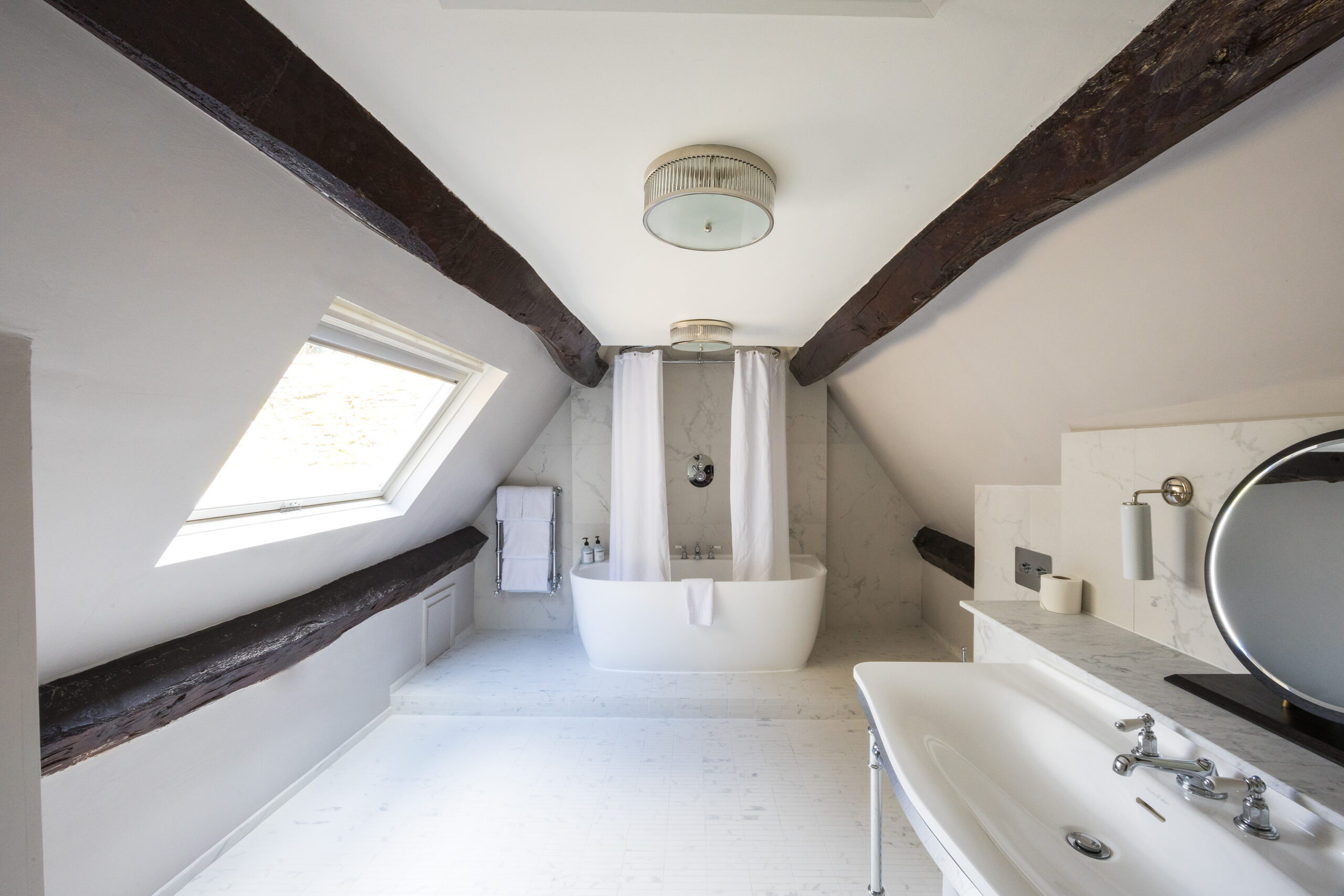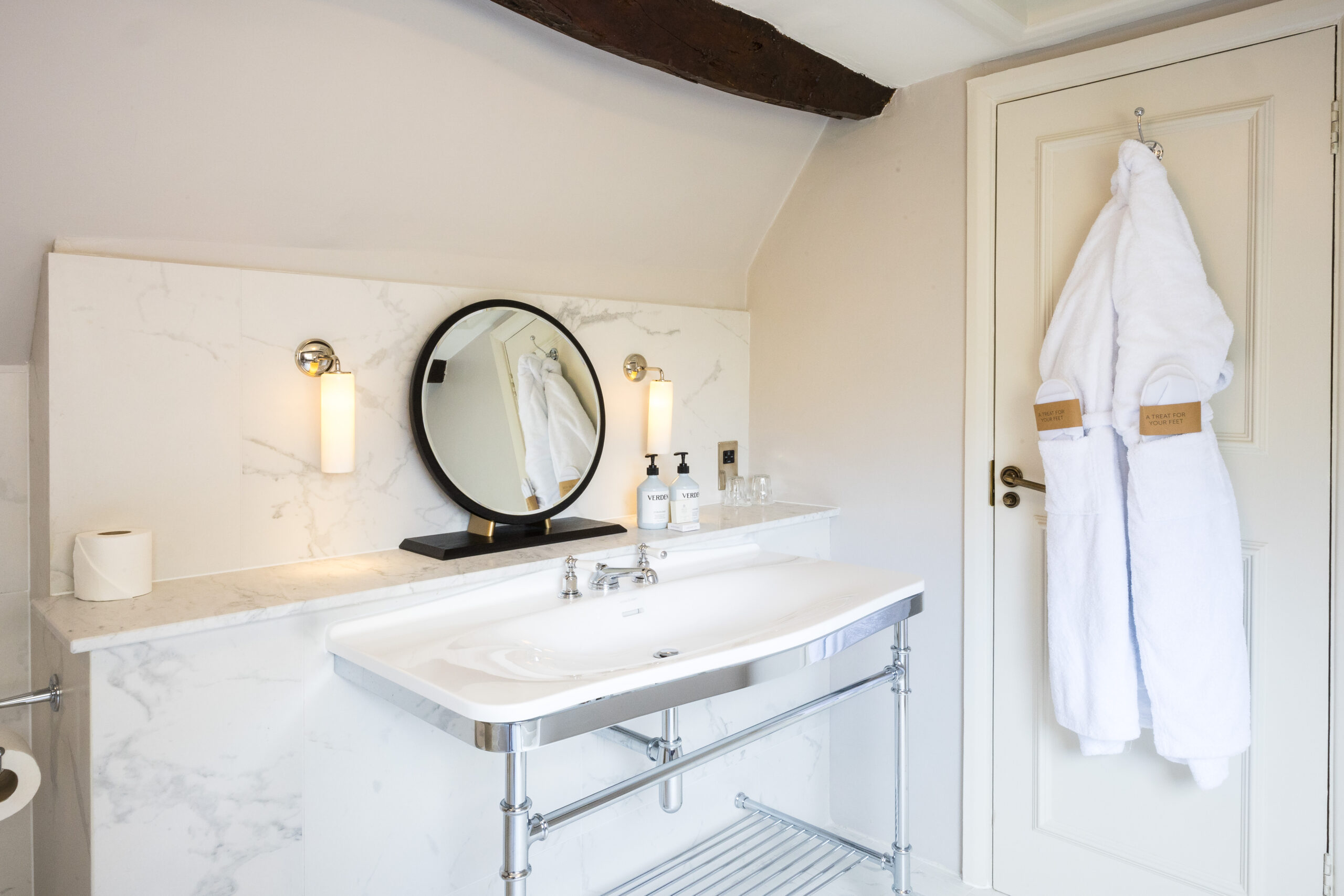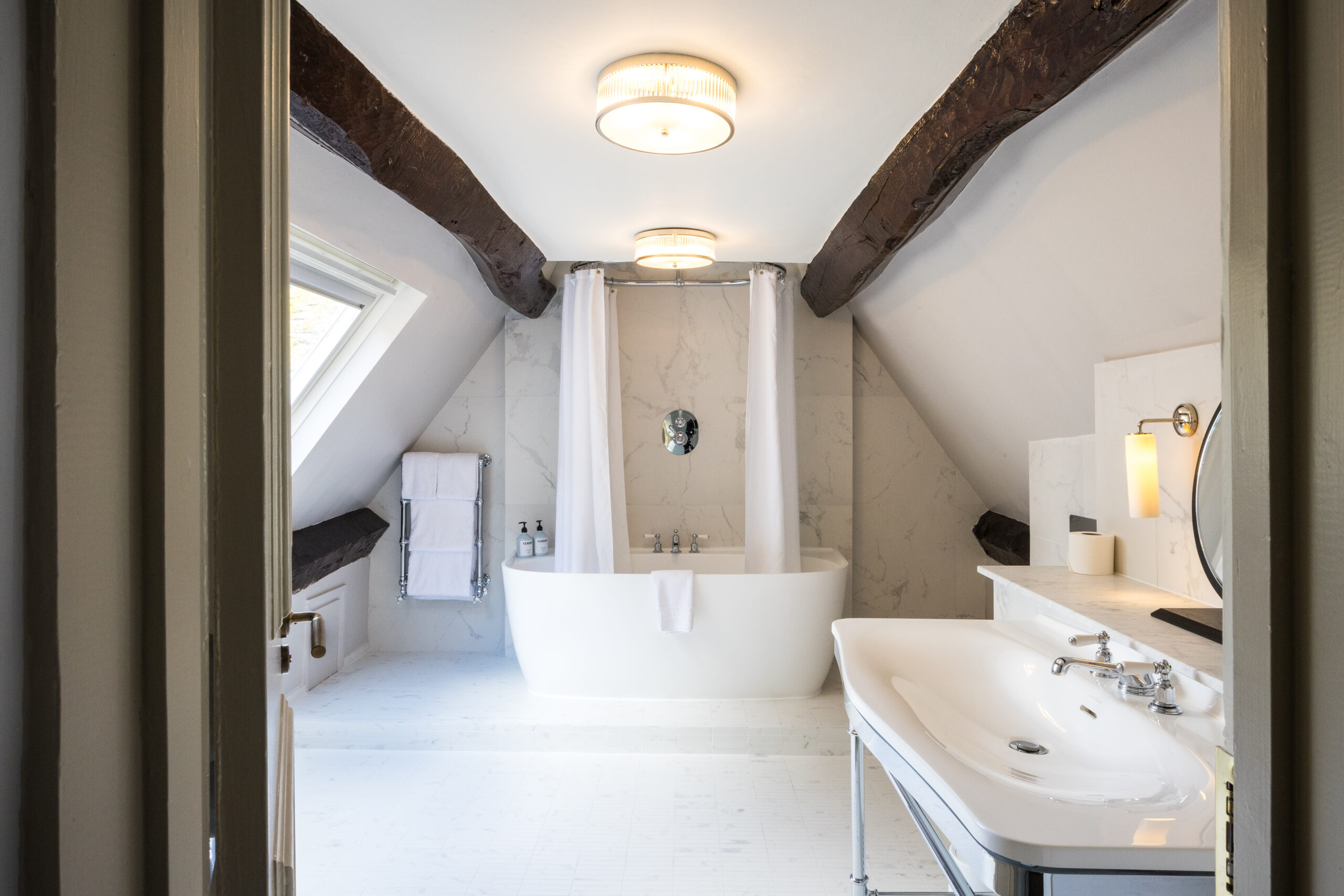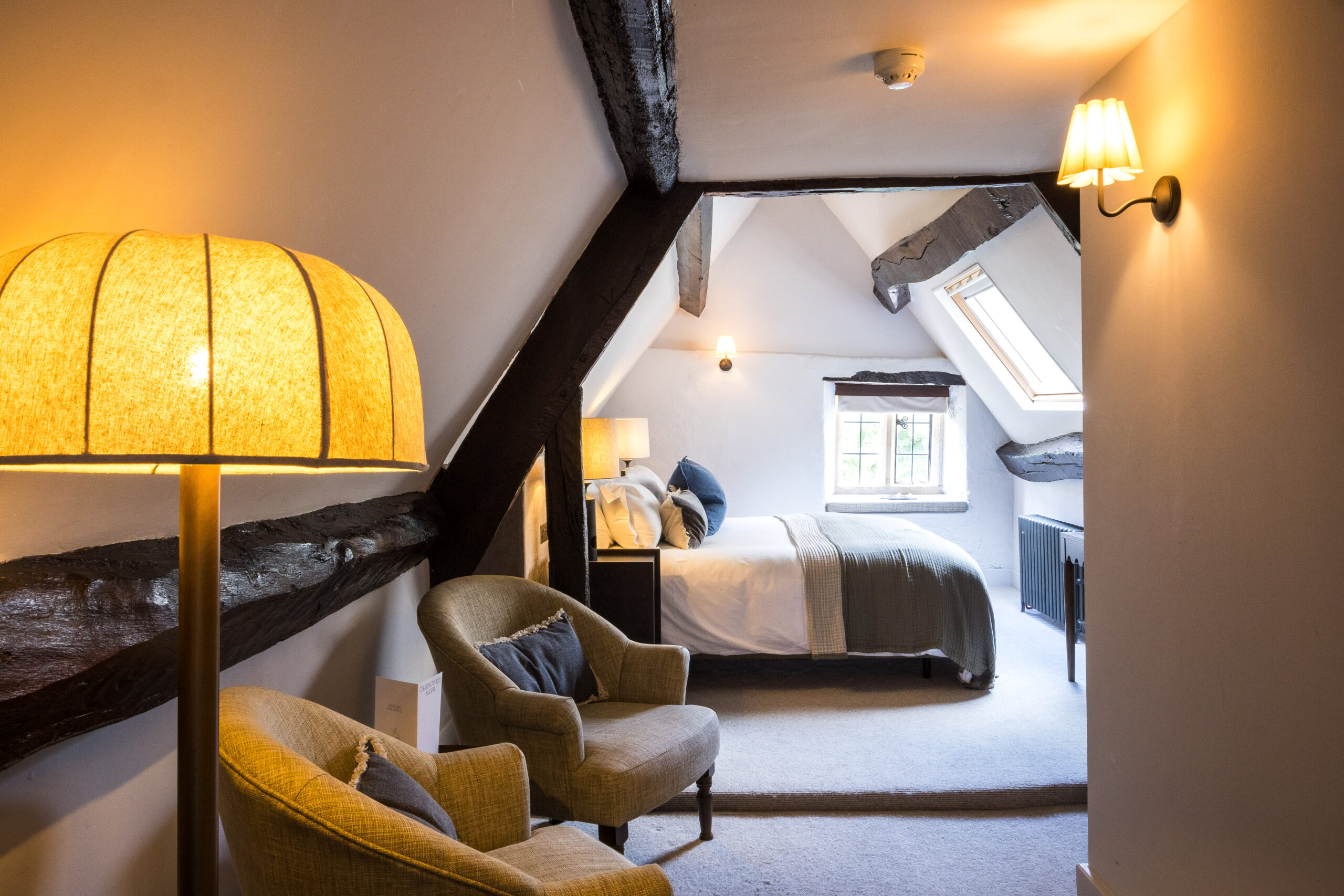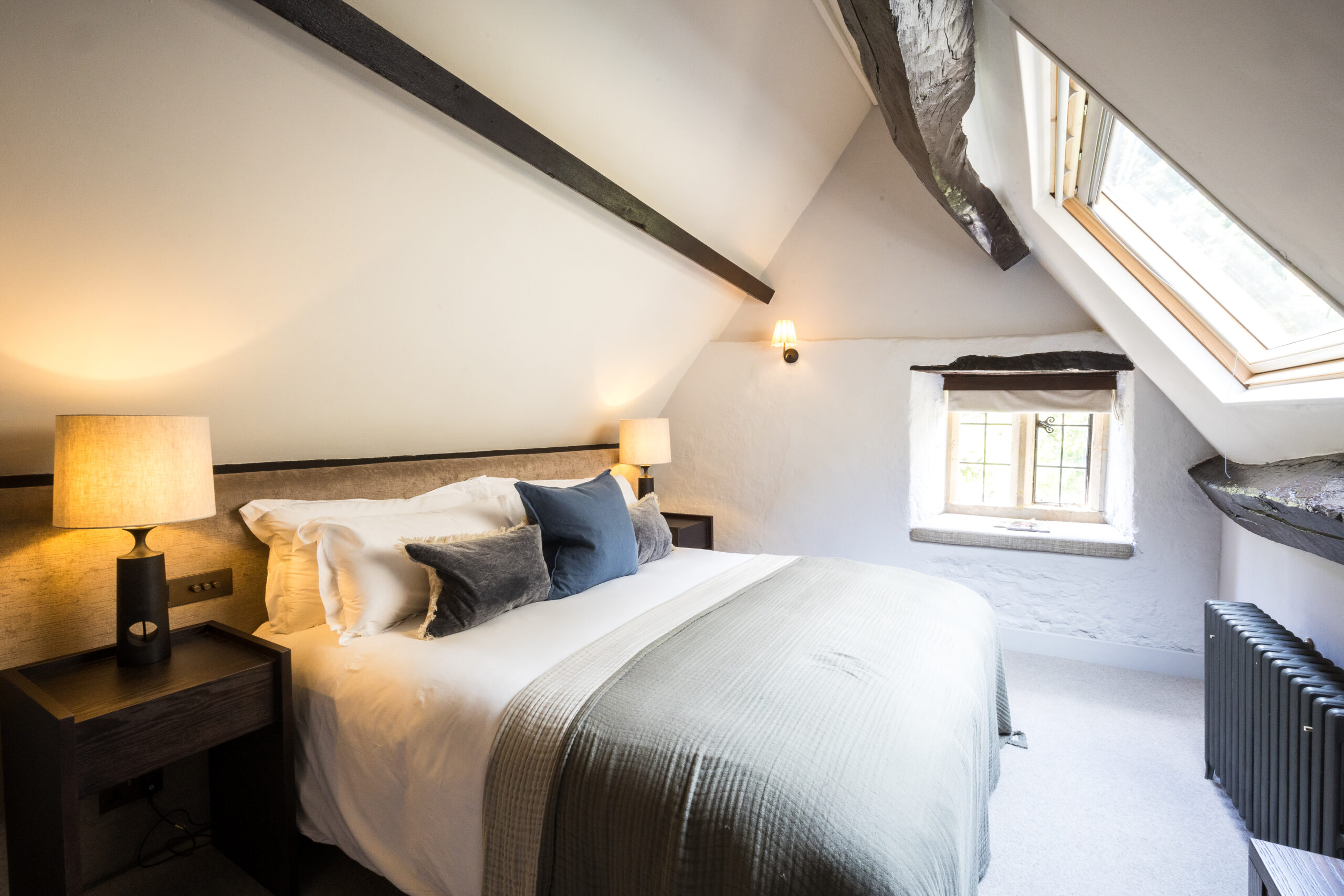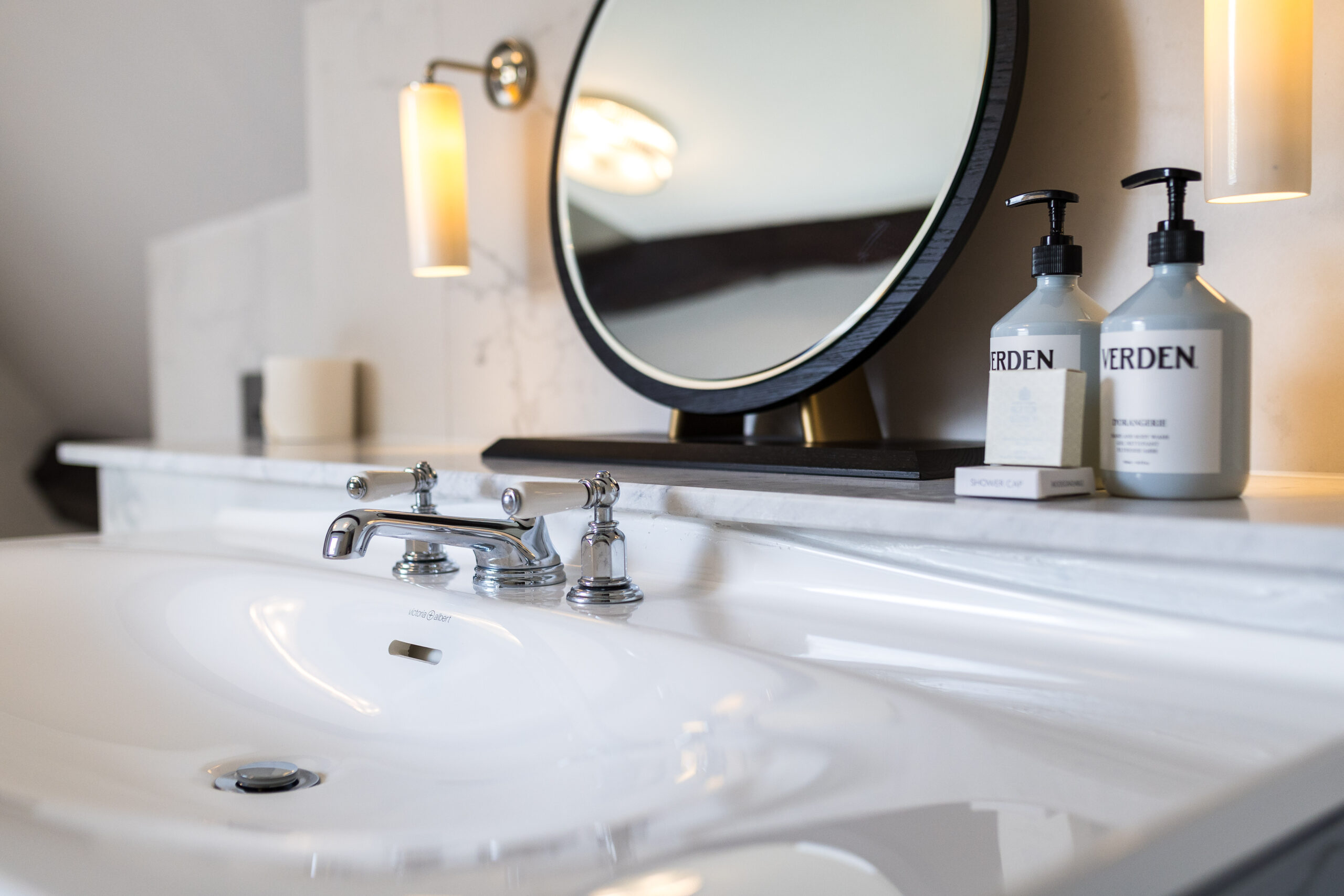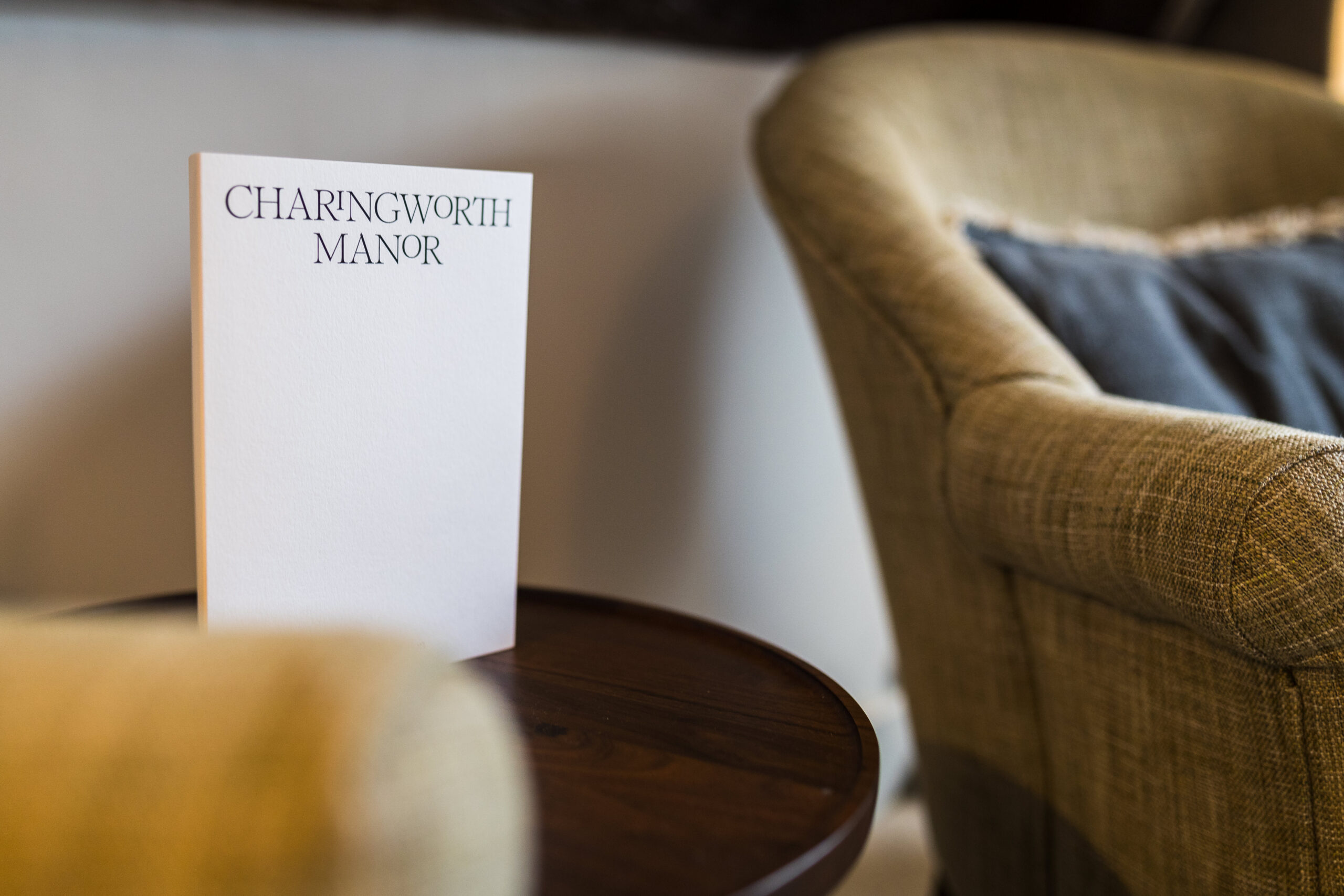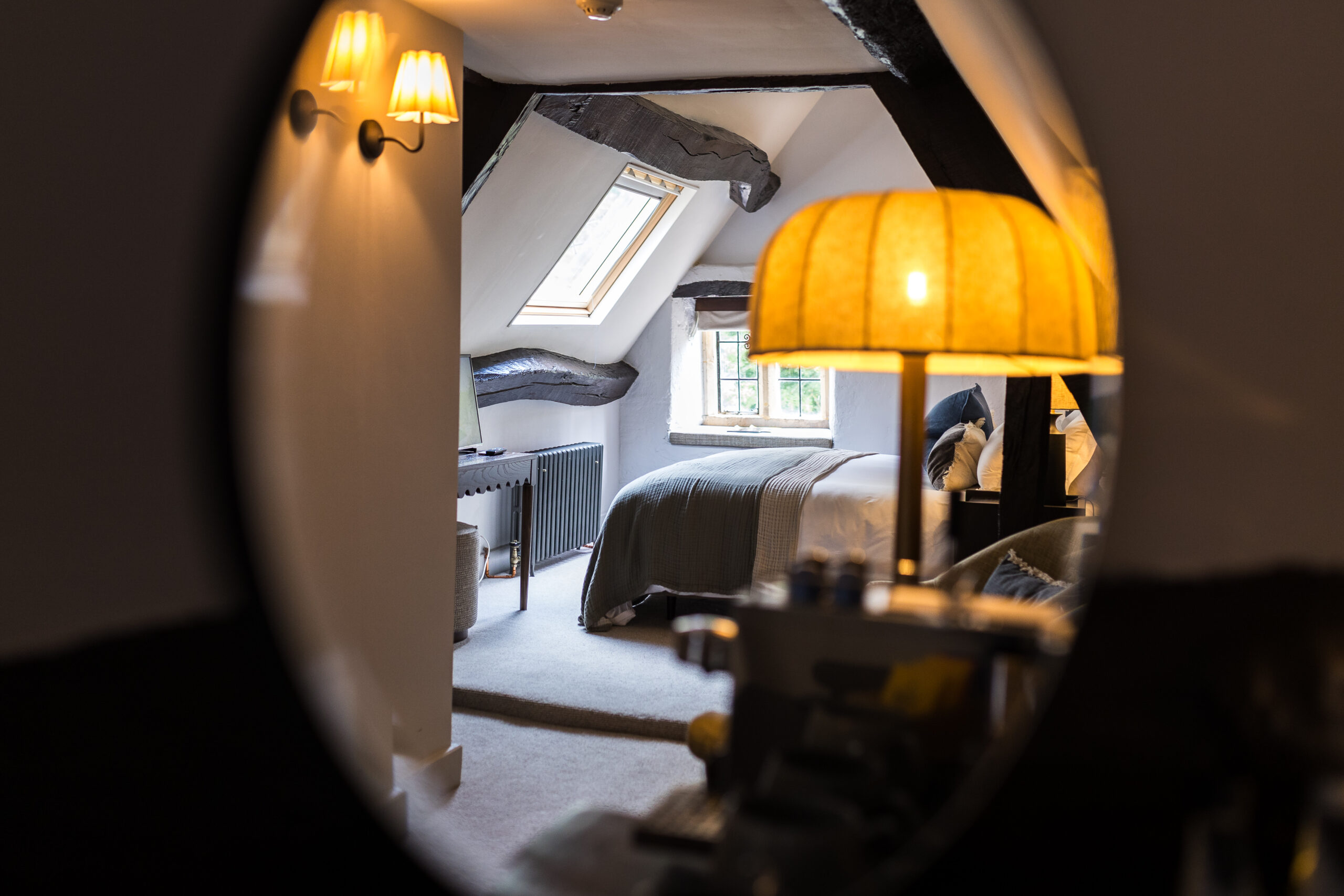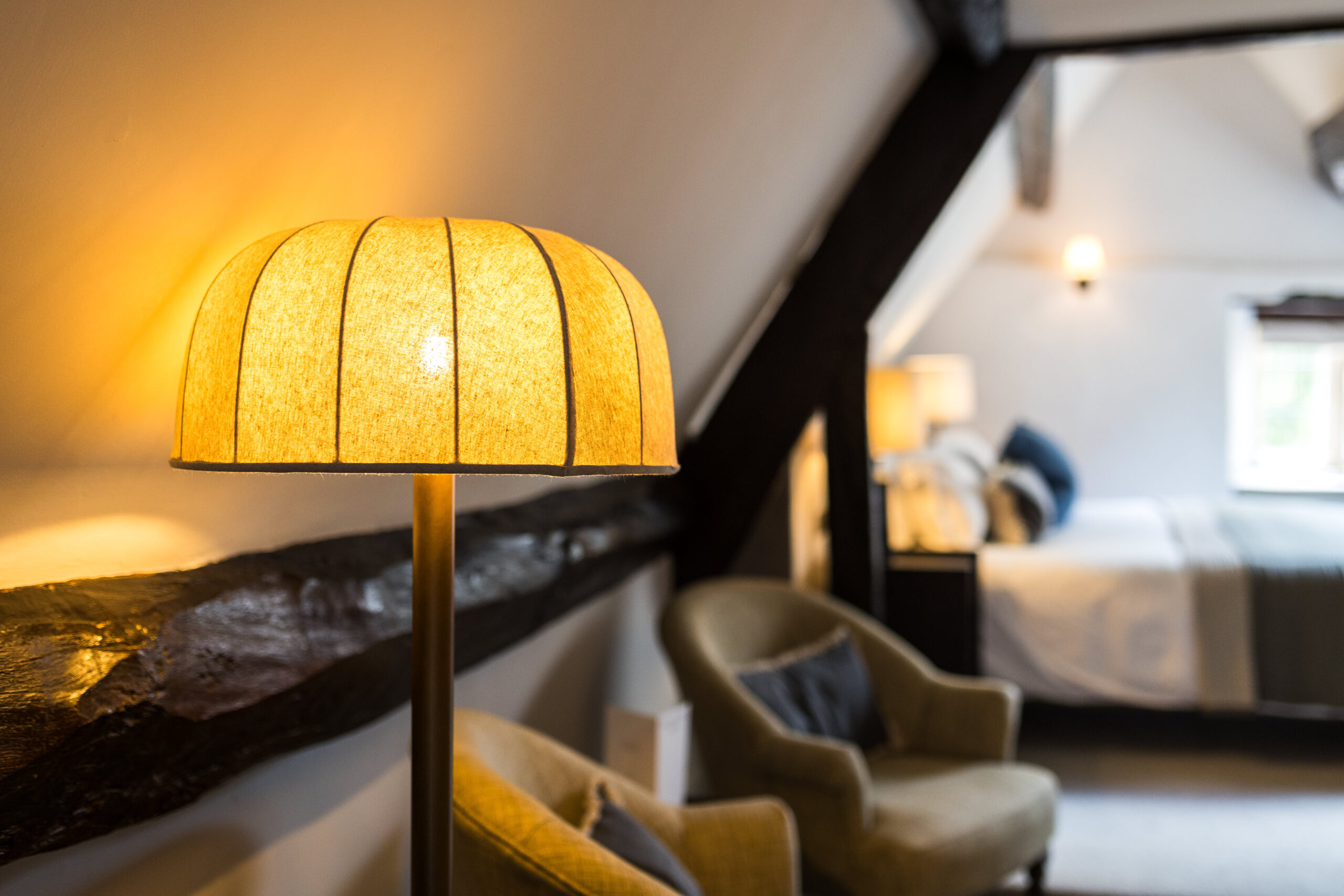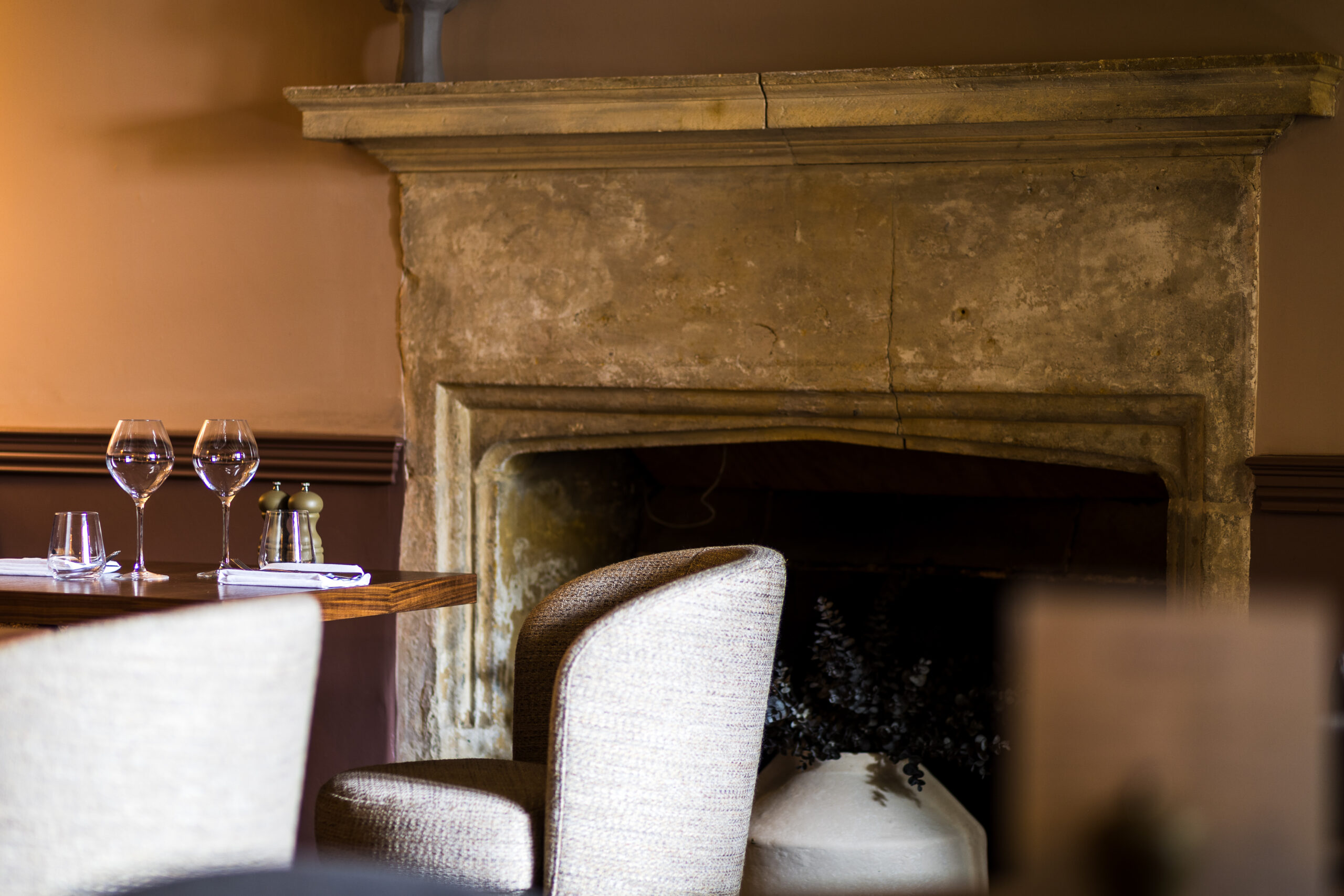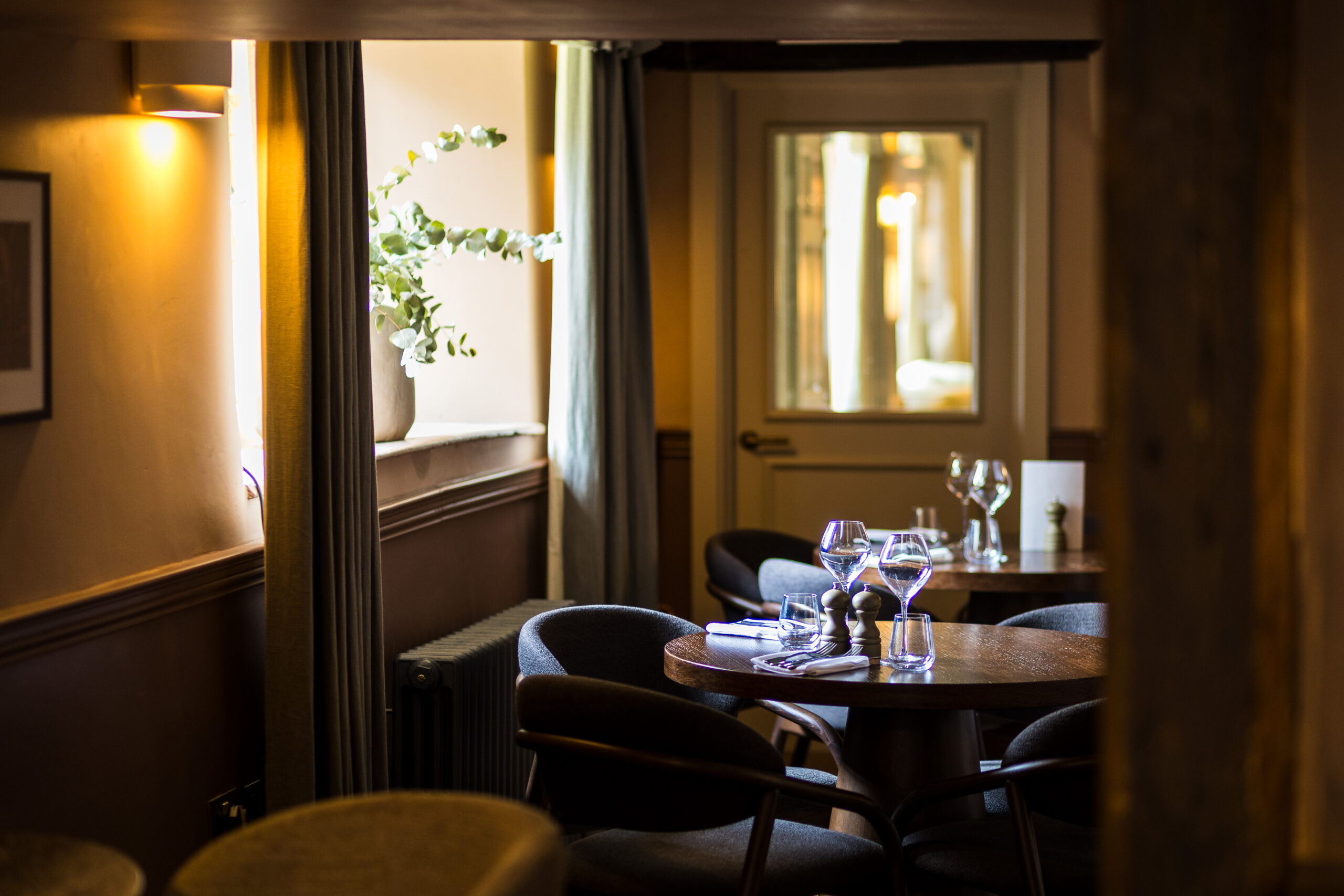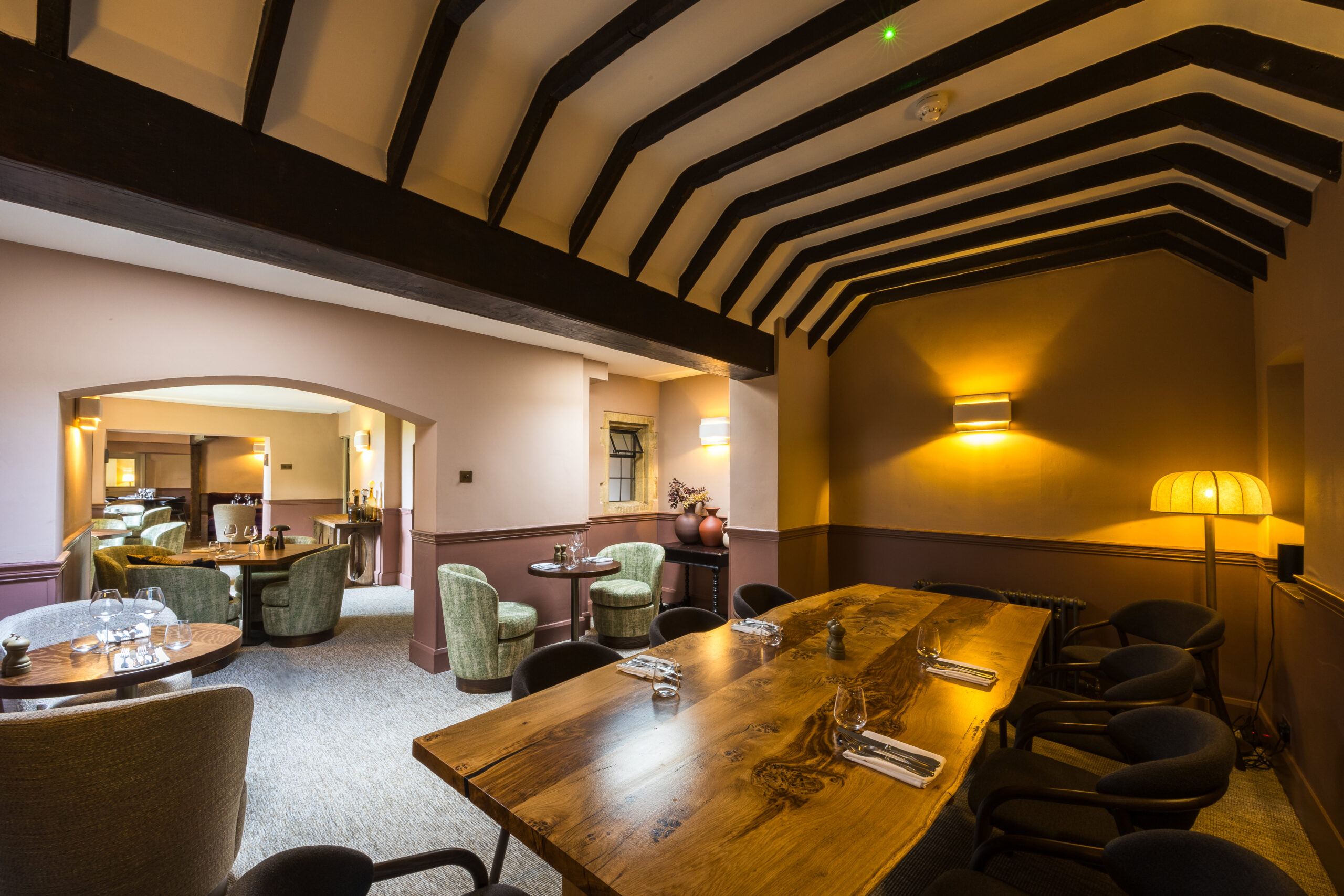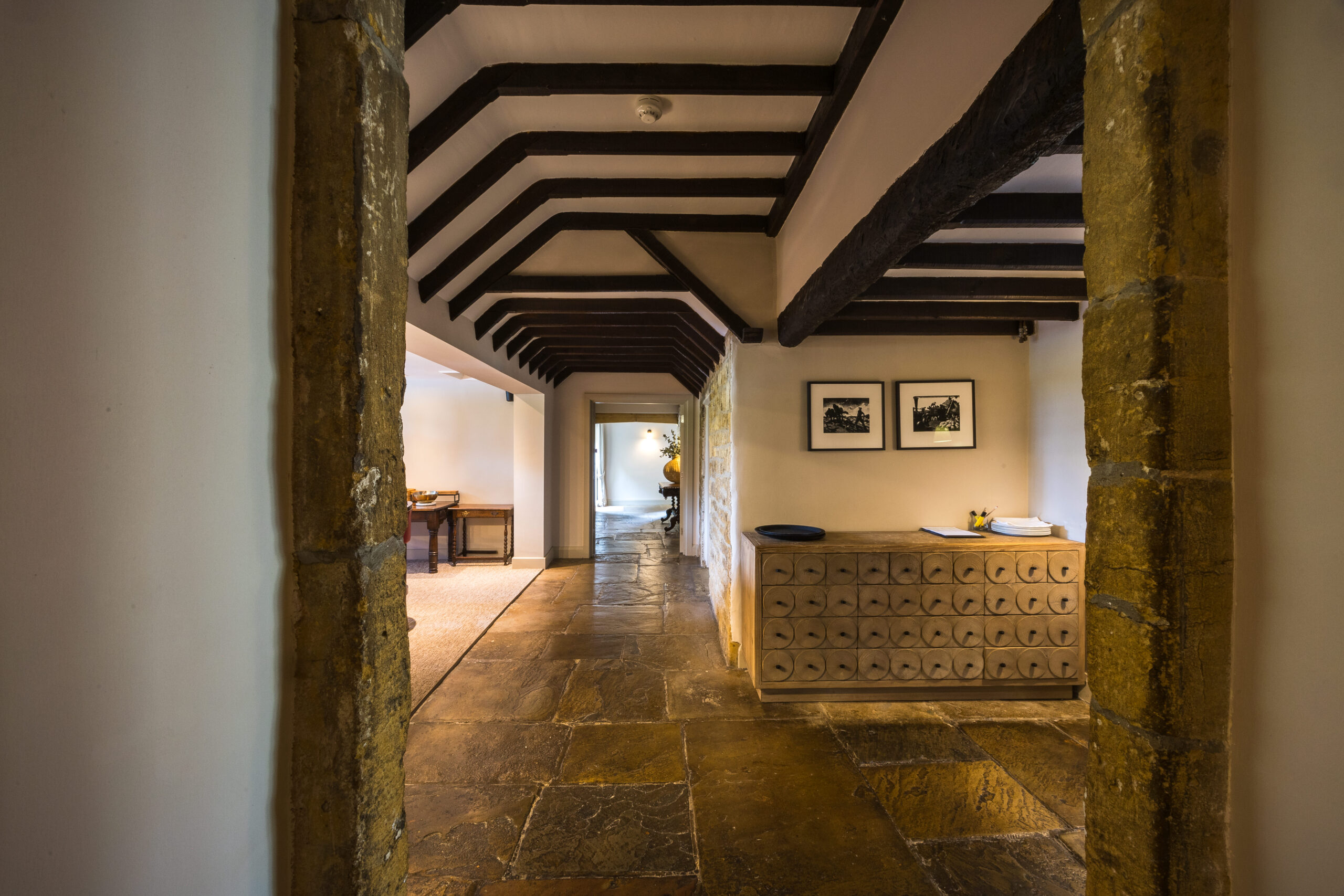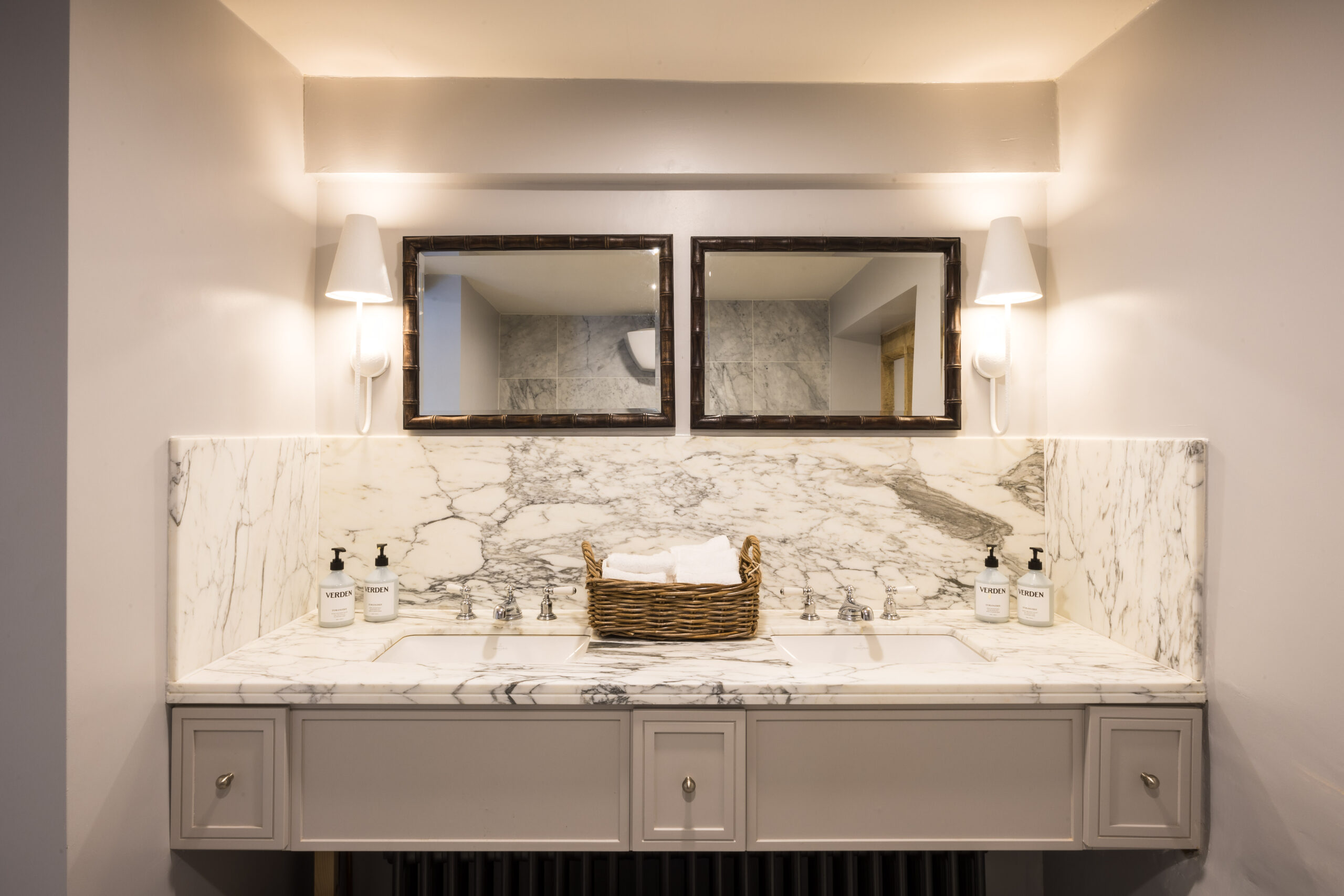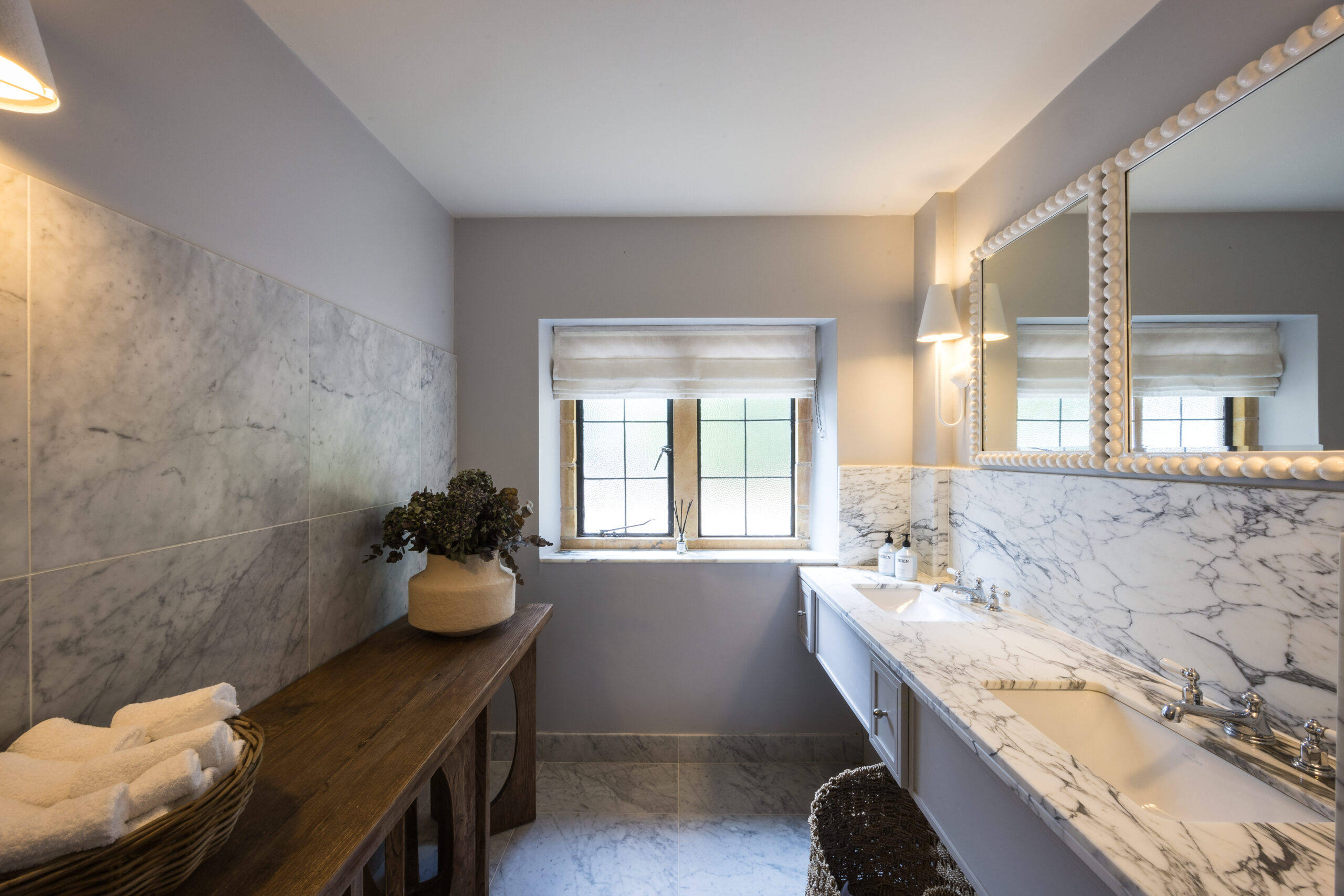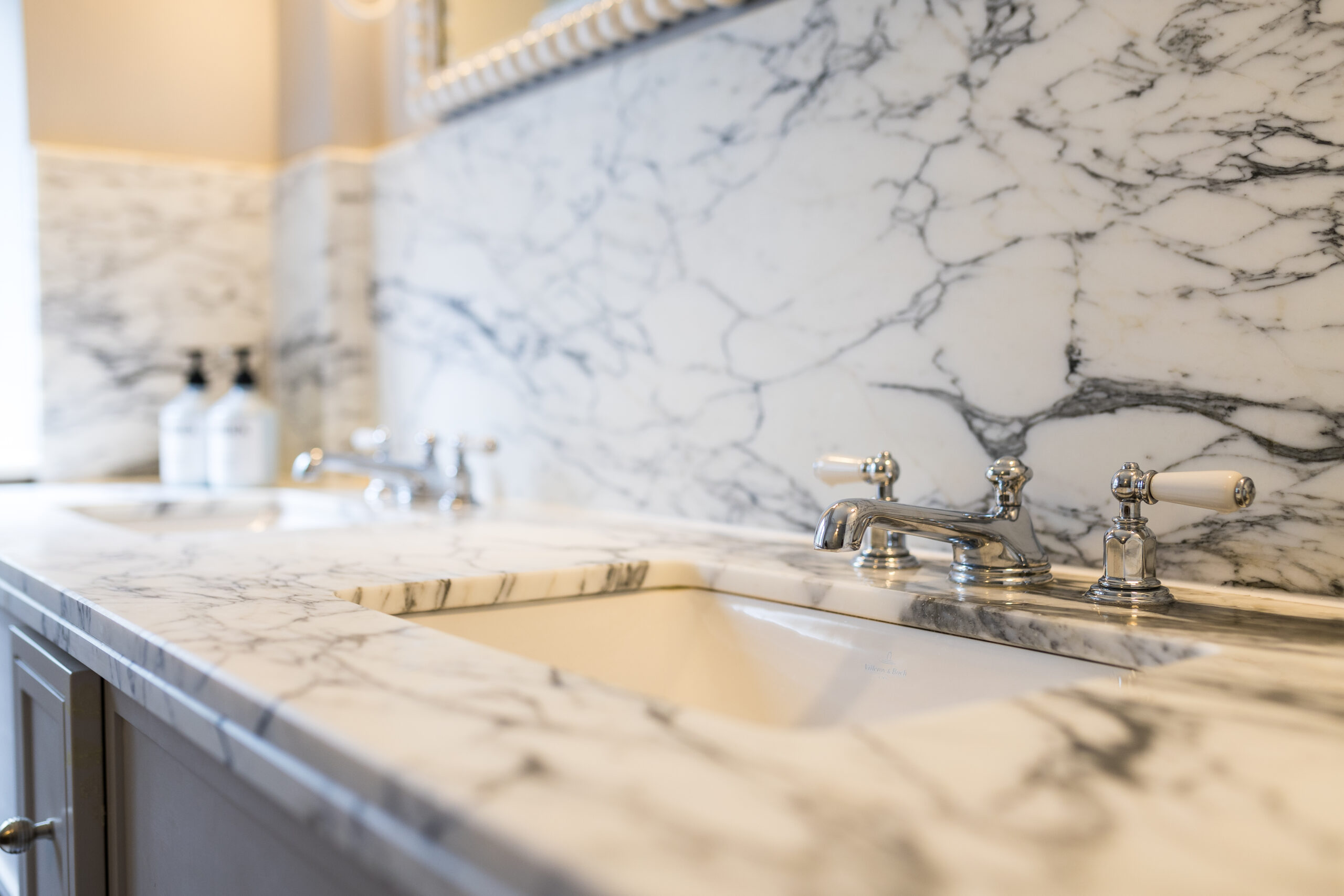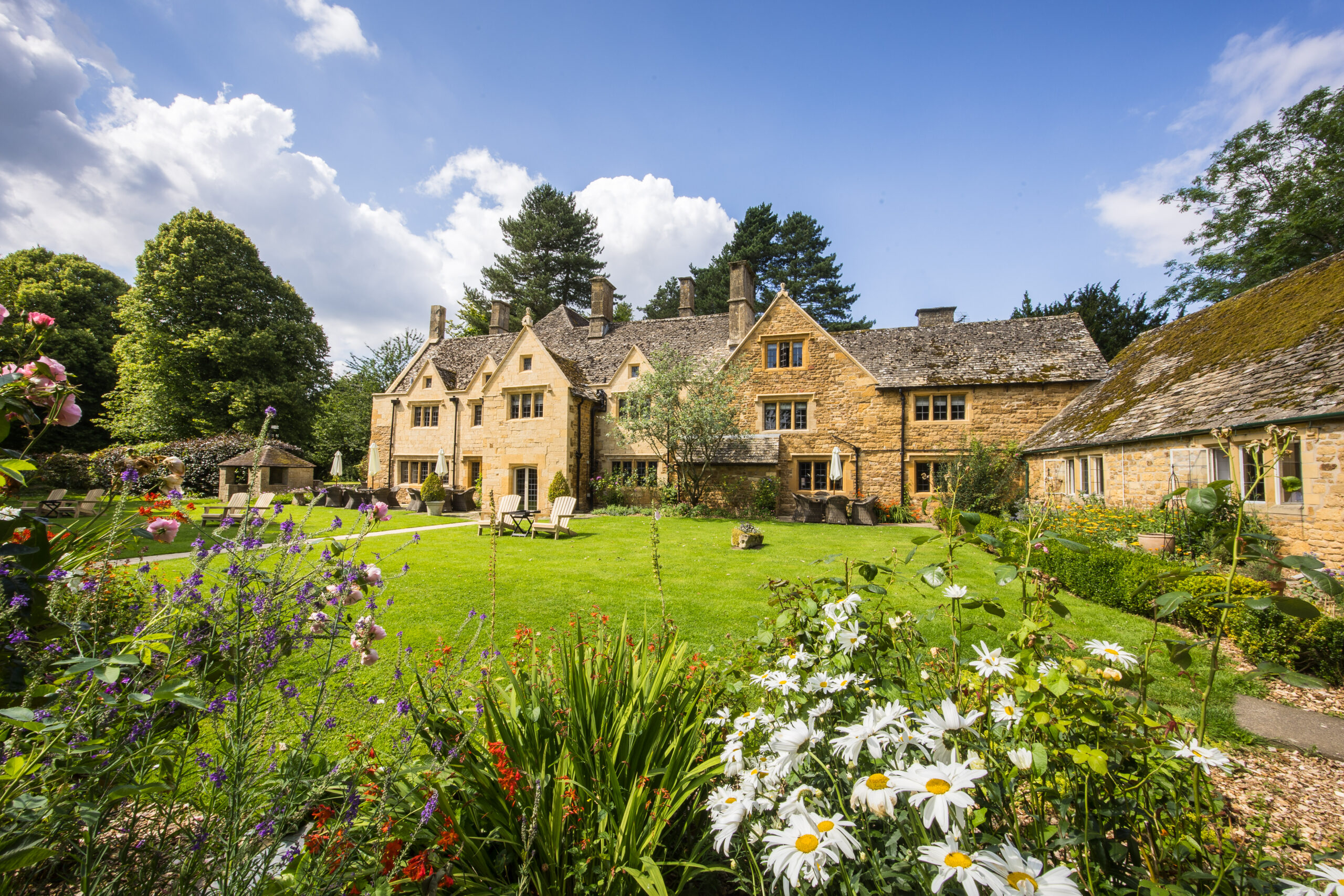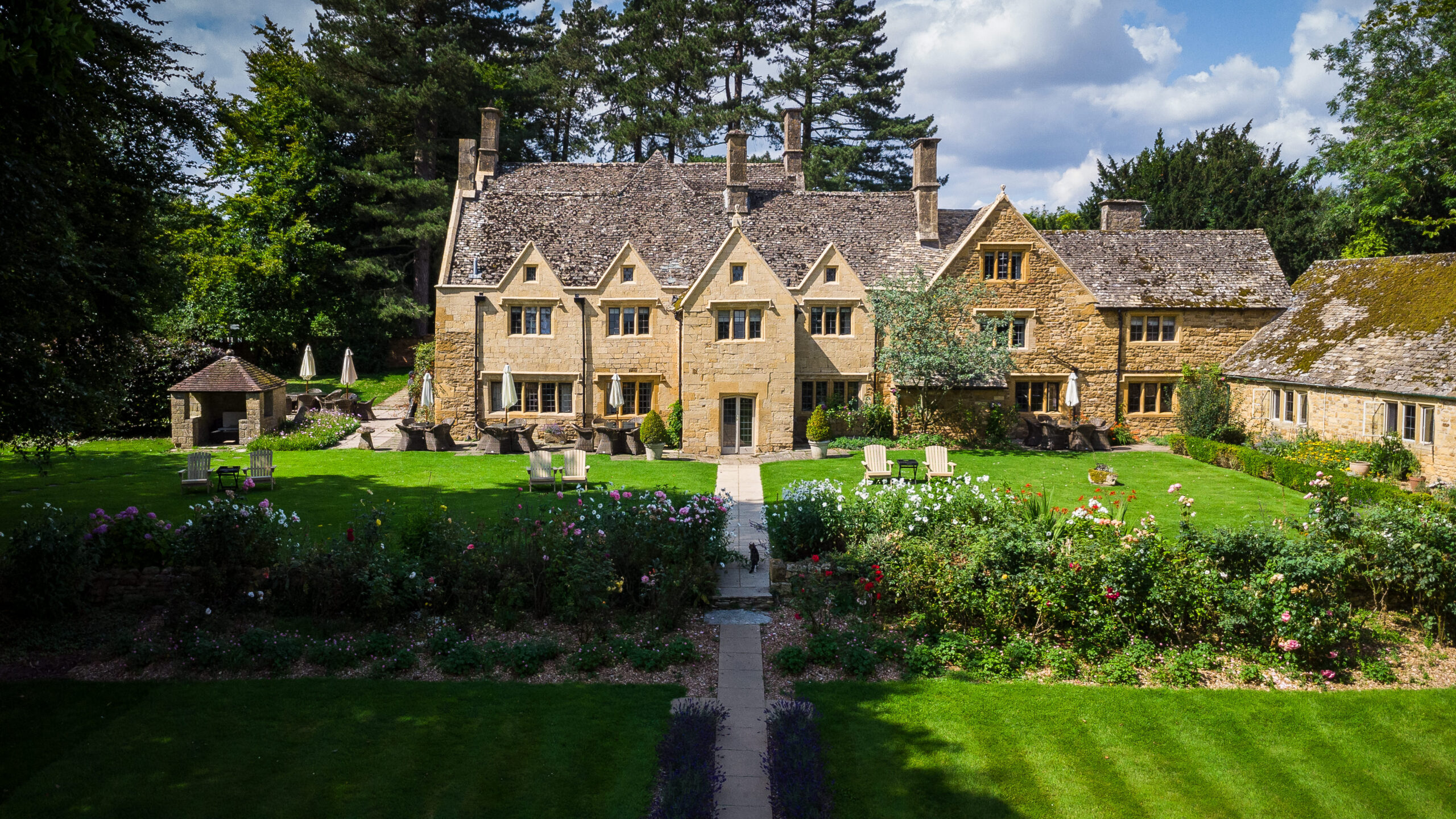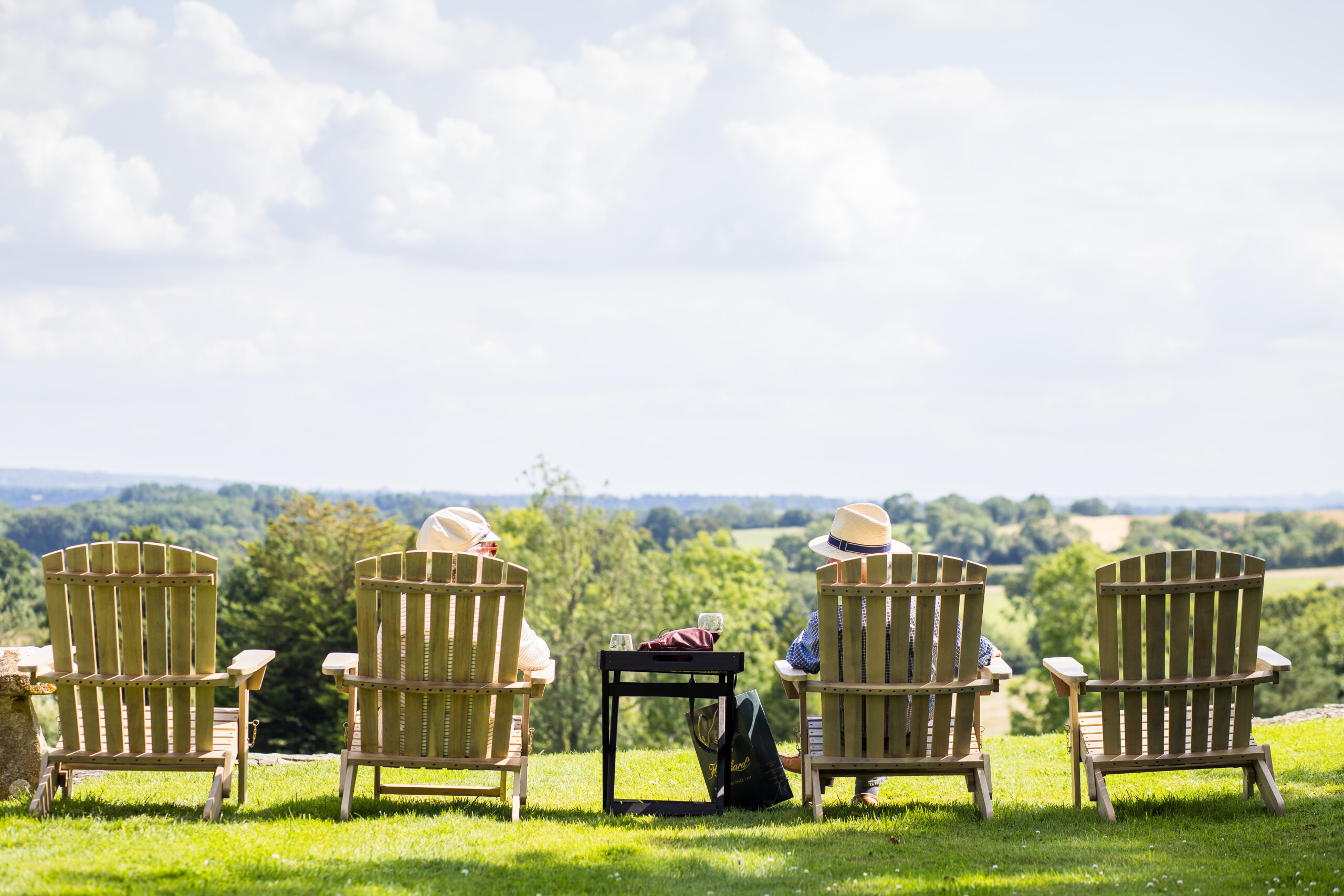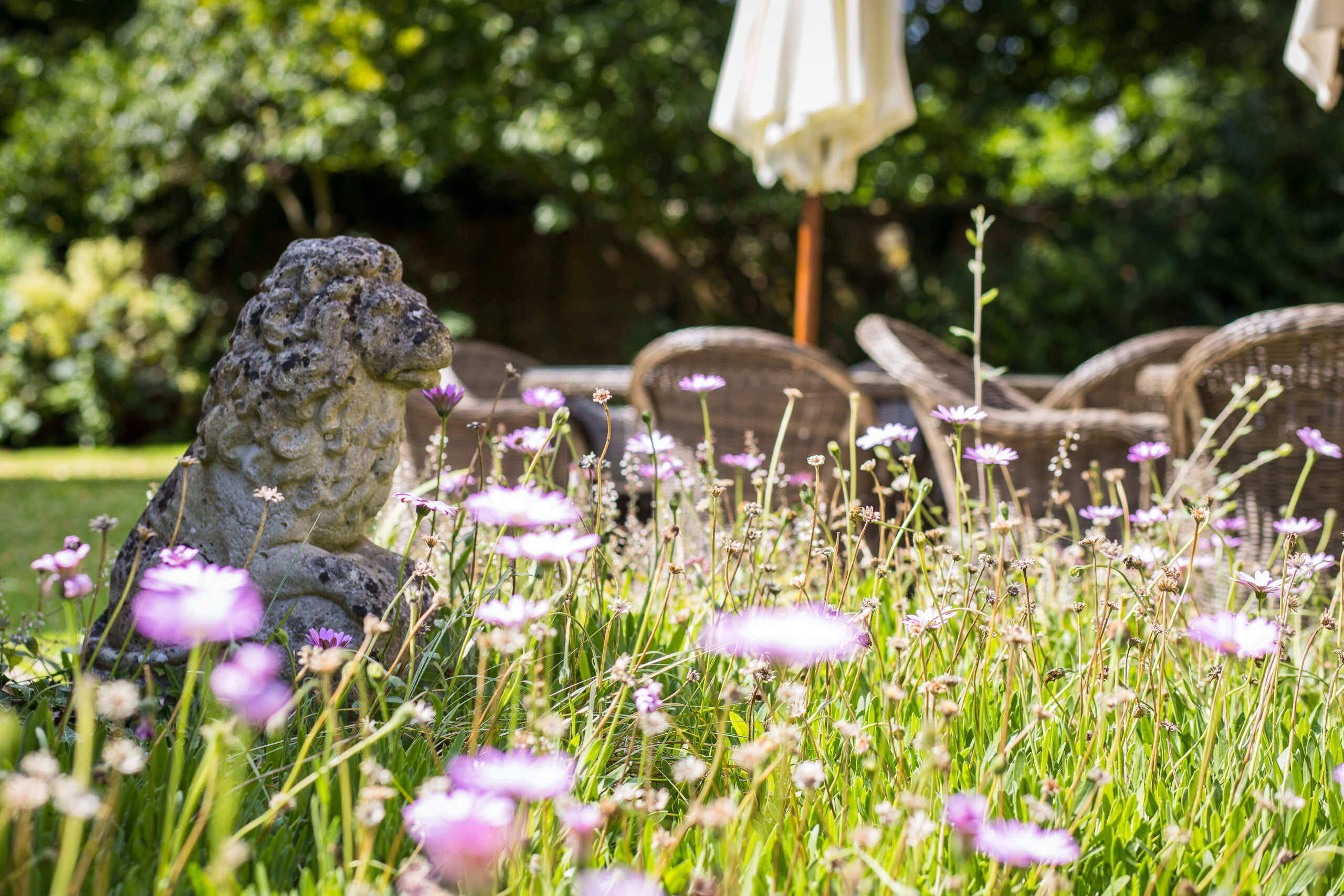Case Study
Charingworth Manor
Project story
Select Interiors designers and hotel interior design specialists for the leisure sector for since 1989, designed and fitted out this events and wedding venue for old friends James, Sarah & Paul
The design by the inspirational Jolie Studio team was informed by the building fabric Grade II Listed and its heritage. The Manor House has been completely refurbished by Select Interiors Creators + Makers team over a 14-week programme. We completed 8 bedrooms, 8 ensuites, a restaurant, lounge, drawing room, bar, cloakroom, office & communal areas.
A subtle combination of high-quality finishes, marble, smoked oak, stone, wool, cottons and linen combined make a space for R&R. The luxury materials juxtaposed against the warm tones of the Cotswold stone exterior and internal architectural elements,
fireplaces and structure look stylish and understated Scope of the fit out works included: Structural damp-proofing, structural works, dry lining, plaster finishes, plumbing / mechanical, electrical, data, bespoke lighting, decoration, bespoke workshop / fabrication and site joinery, marble and ceramic wall and floor tiling, decoration, bespoke glazed shower screens, and graphics / signage.
The hotel interior design works were completed to a tight schedule, we liaised with Listed Building and ensured that the works were carried out to Grade II Listed specification. The Manor House is probably one of the finest Wedding Venues in the UK, located in Chipping Camden in the Cotswolds in probably one of the most exclusive post codes.
more projects
frequently asked questions
When doing a hotel interior design in a heritage building, the main considerations include:
Heritage Regulations: It’s important to understand the local regulations and restrictions surrounding heritage buildings and ensure that any changes made to the space comply with these regulations.
Building Structure: Listed buildings often have unique and challenging building structures, which must be taken into account during the design and fit-out process.
Building Materials: Heritage buildings often have original features and materials that must be preserved and protected during the fit-out process.
Access and Logistics: Heritage buildings may have limited access and logistics, which can impact the design and construction process.
Energy Efficiency: Heritage buildings may have limited energy efficiency, so it may be necessary to consider upgrading or installing new systems to improve efficiency.
Accessibility: It may be necessary to make changes to the building to improve accessibility for people with disabilities, while still preserving its heritage character.
Cost: Fitting out a Listed building can be more expensive than fitting out a modern building due to the need to preserve original features and comply with heritage regulations.
It’s important to work with a team of professionals with experience in heritage building fit-outs as well as hotel interior design to ensure the project is completed successfully, while preserving the building’s heritage values.
Designing for heritage spaces, particularly for hotel interior design, requires a sensitive approach that considers the cultural, historical, and architectural significance of the site. The design should be in harmony with the existing features and should preserve the integrity of the heritage space while also making it functional and accessible to modern audiences. This often involves incorporating contemporary design elements in a subtle manner, avoiding alterations to the original fabric of the building, and using materials that are in keeping with the historic style. Designers may also have to consider specific regulations and guidelines for heritage sites.
Navigation
Sectors
Services
Contact
Select Interiors Ltd
Studio
31a Tib Street
Manchester
M4 1LX

